Far Eastern Travels - Hong Kong’s Urban Oasis: Street Trees, Gardens & Green Spaces of Hong Kong - China
Hong Kong is often celebrated for its dazzling skyline and bustling streets, but beneath the steel and glass lies a thriving green heart. Despite its reputation as a concrete jungle, nearly 40% of Hong Kong’s land is dedicated to parks and nature reserves, offering pockets of serenity amid the urban rush. In this article, we explore the unsung heroes of the city—its street trees, pocket gardens, and lush green spaces—that keep Hong Kong breathing, beautiful, and alive.
Parks and Green Spaces of Hong Kong Island - Central
Hong Kong Island - Central was my base during my stay, a perfect place to explore on foot with world-class gardens and plenty of green spaces tucked away among the streets.
Hong Kong Park
This is probably my favorite garden for nighttime strolls. An 8-hectare park featuring a large greenhouse, an aviary with exotic birds, a scenic lake with fountains, and walking trails surrounded by tropical plants.
At night, Hong Kong Park transforms into a tranquil retreat with subtle lighting that enhances its natural beauty.
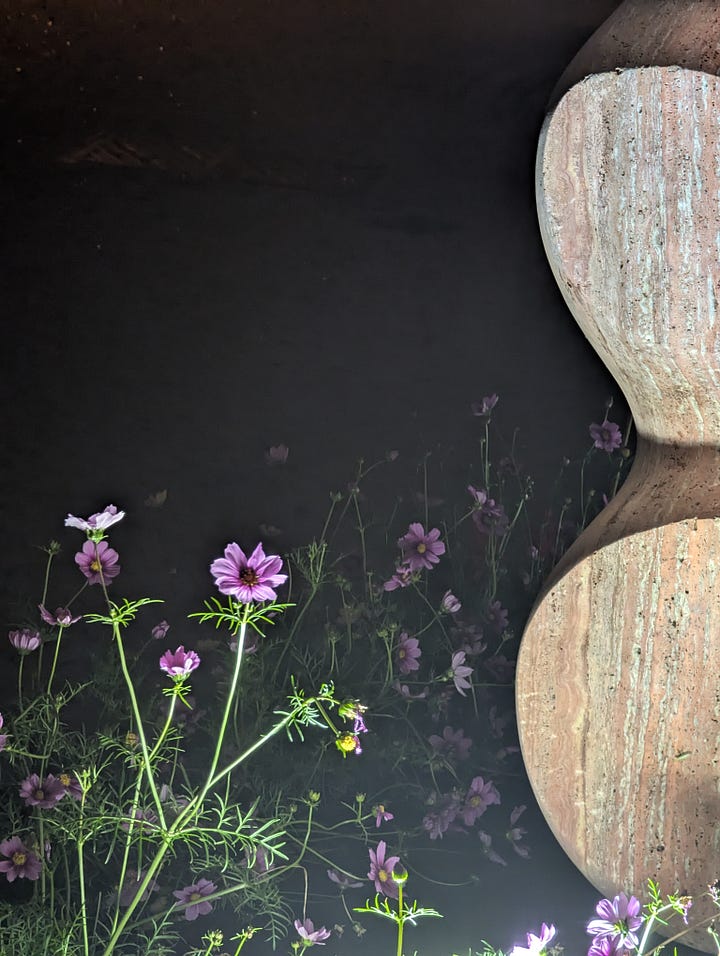
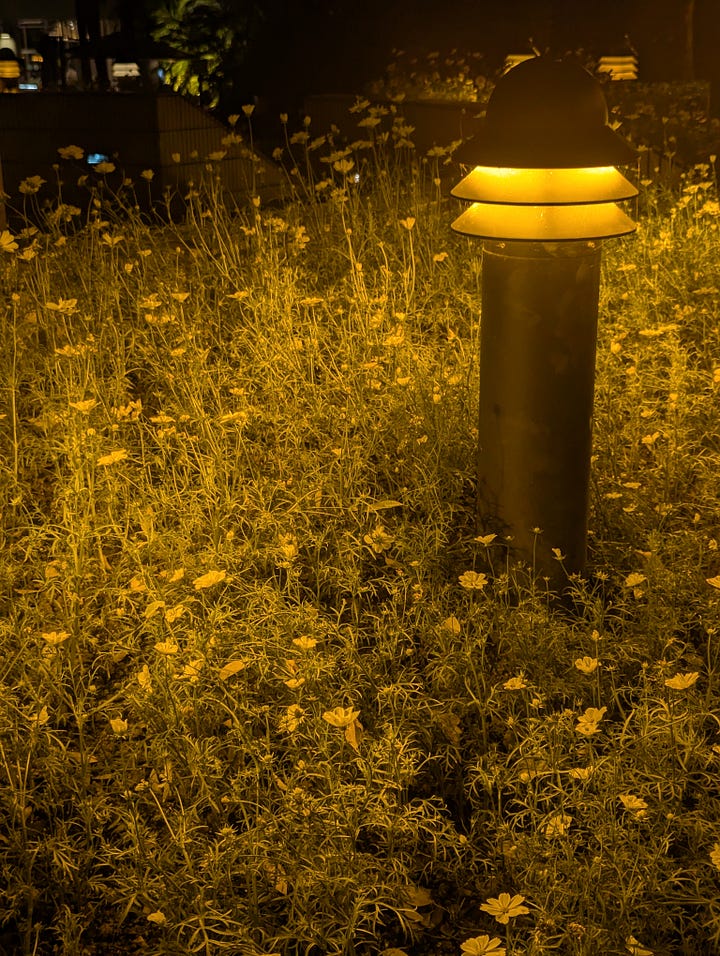
Within Hong Kong Park, you can find the Tai Chi Garden, a serene oasis dedicated to the ancient Chinese practice of Tai Chi. Designed with traditional Feng Shui principles, its circular platforms, reflecting pools, and bamboo groves create a harmonious space perfect for meditation and martial arts.
This cultural gem isn’t just beautiful—it’s functional. Locals gather here at dawn for Tai Chi practice, keeping the tradition alive, while the garden’s moon gates and pavilions provide a picturesque setting for quiet reflection.
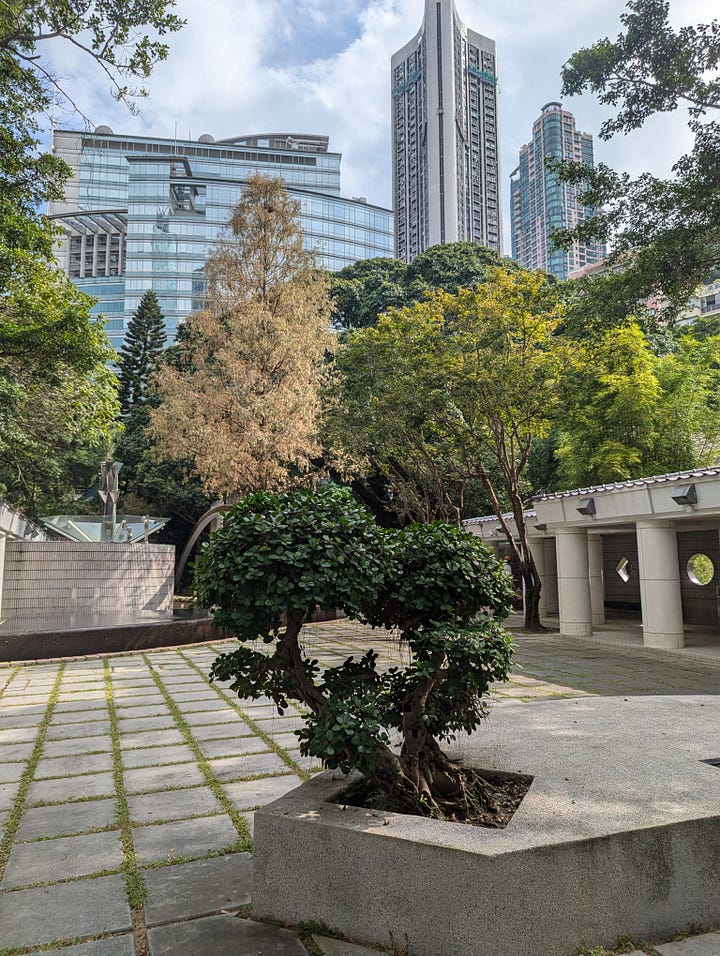
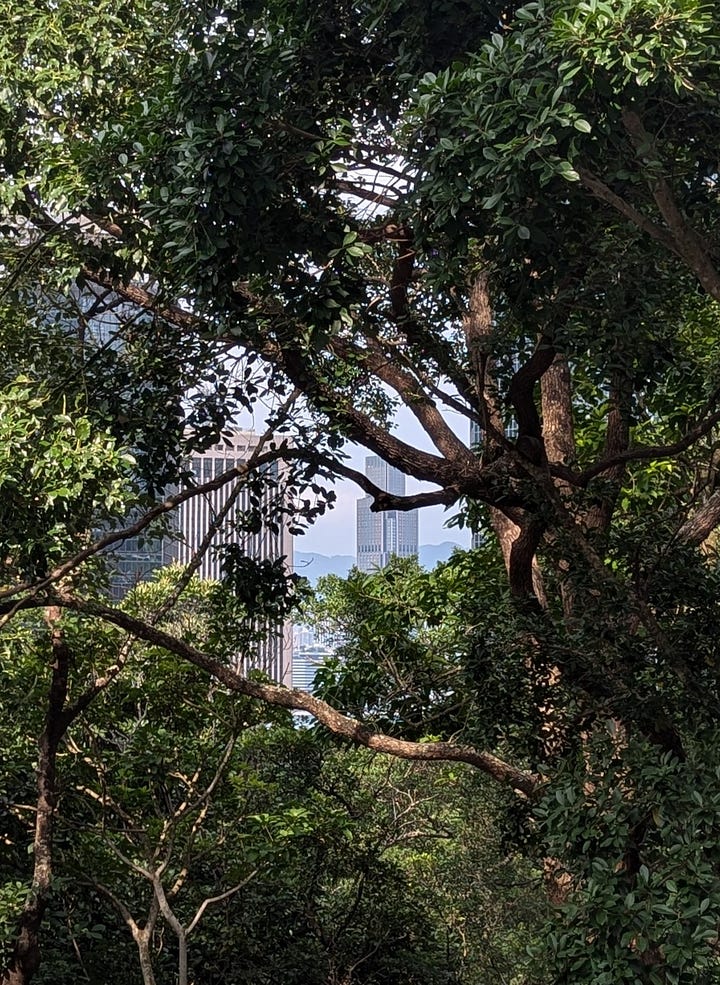
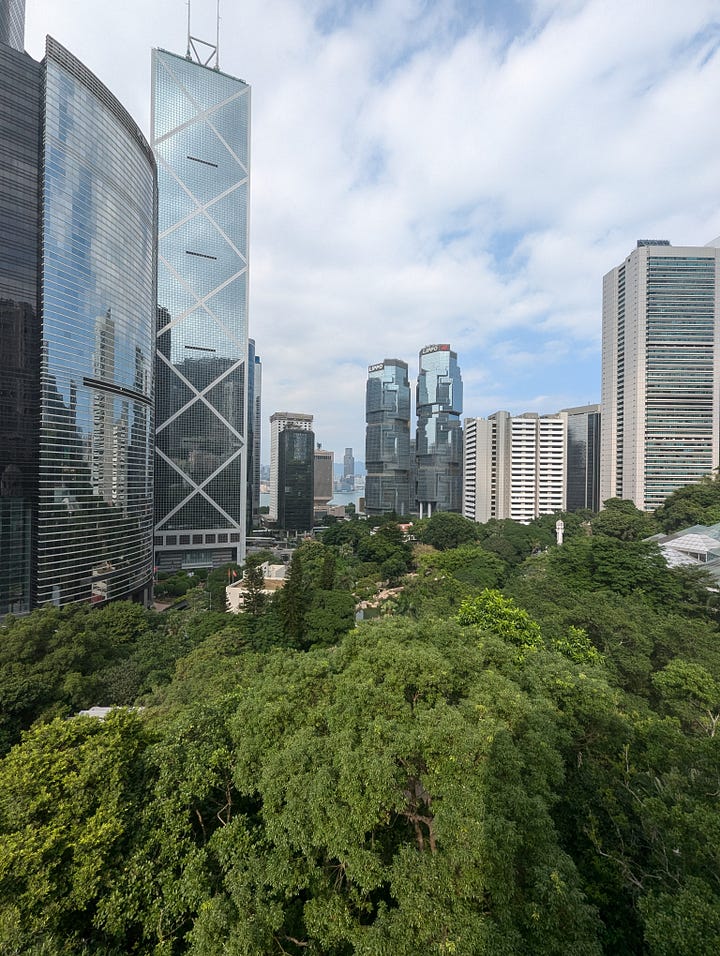

Traditional Chinese Medicine (TCM) Related Gardens in Central - Hong Kong
I’ve been delving into the fascinating world of Traditional Chinese Medicine (TCM) 🌿—a practice that has been healing and nurturing for thousands of years. TCM utilizes a vast array of 5,000 to 6,000 plant species, along with animal and mineral substances, reflecting its holistic and interconnected approach.
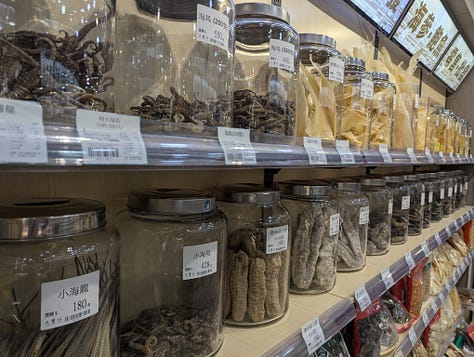
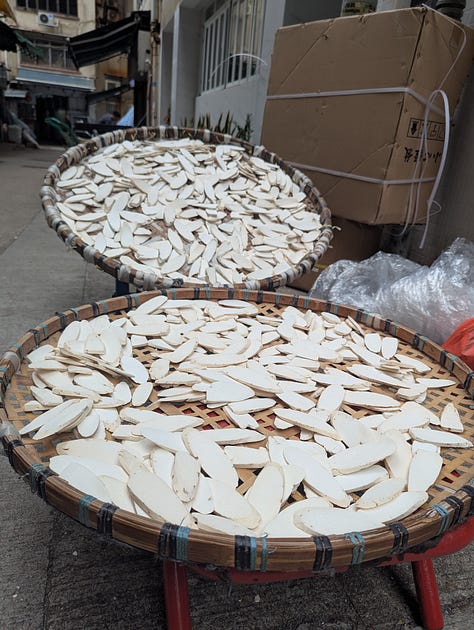
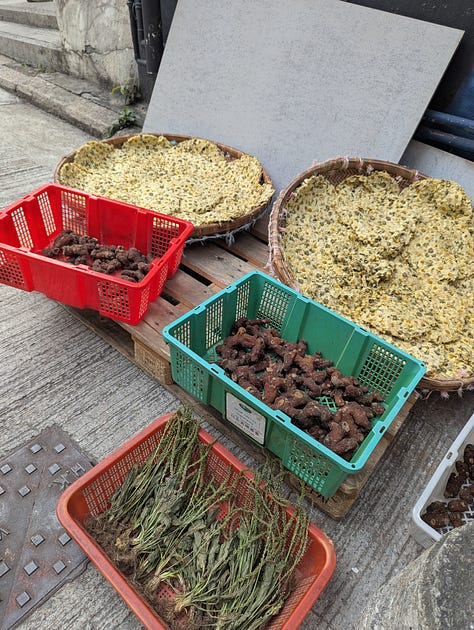
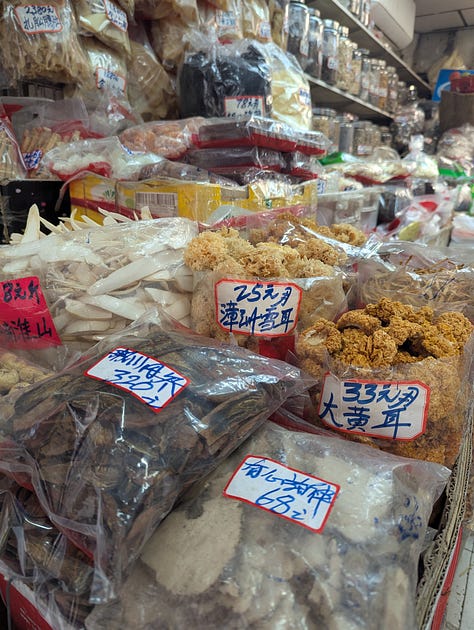
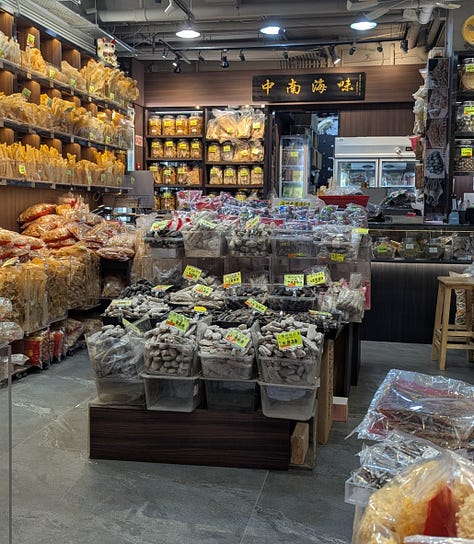
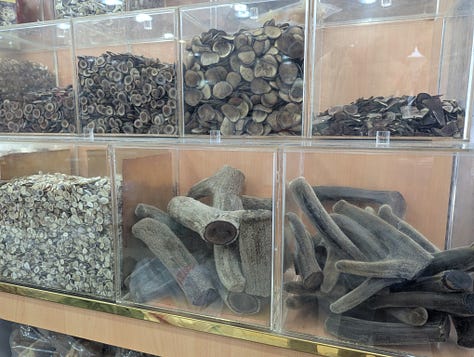
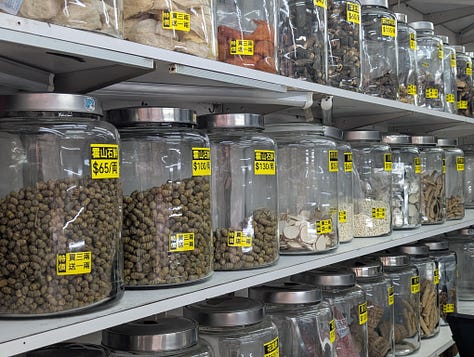
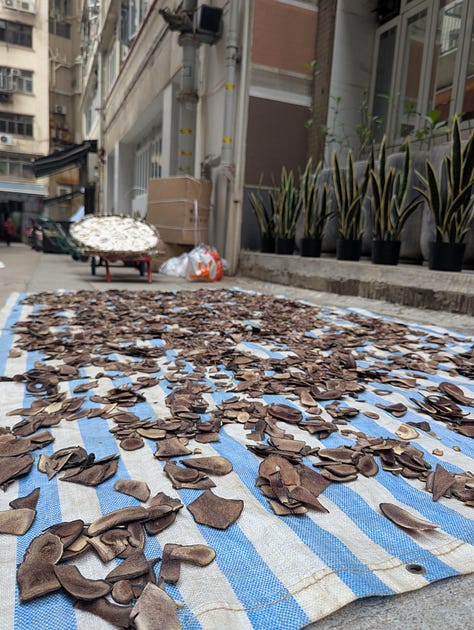
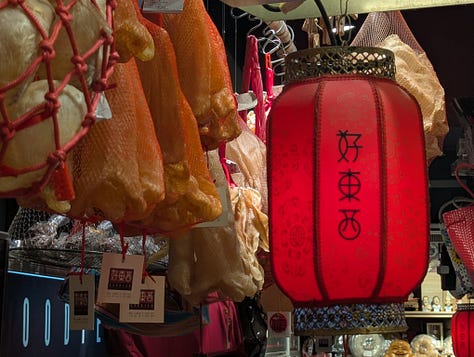
In the Sheung Wan area of Central, streets are lined with TCM stores, where vendors skillfully prepare herbal remedies.
Just off Bonham Strand (a street dedicated to TCM shops), you’ll find The TCM Garden (Chinese Medicinal Herb Garden).
This small but meaningful green space in Sheung Wan is dedicated to promoting TCM. It features medicinal plants—such as ginseng, goji berries, zanthoxylum, and chrysanthemum—each labeled with their healing properties. The garden serves as both an educational spot and a peaceful retreat amid the city’s hustle.
Designed to introduce visitors to TCM principles, it includes informative signage on concepts like yin-yang balance and the five elements (Wu Xing). Occasionally, it hosts workshops or health talks to deepen public understanding of herbal medicine.
Hong Kong Museum of Medical Sciences
The Hong Kong Museum of Medical Sciences on Caine Lane has a small garden featuring medicinal herbs and plants used in TCM, along with informative plaques about their healing properties.
The museum itself is housed in the historic Old Pathological Institute and is well worth a visit, with excellent exhibits on both TCM and modern medicine.
Street Trees Of Hong Kong
Wherever you go in Hong Kong, the city’s forested mountains dominate the horizon—a verdant backdrop to its iconic skyline. These green slopes owe much to government-led reforestation efforts in the 20th century, aimed at preventing landslides.
Yet at street level in the older housing estates like Choi Hung, Wah Fu, and Shek Kip Mei the story was different. Built during the post-war boom—the priority was rapid, utilitarian development, not greenery.
Narrow streets, dense construction, and minimal planting space left little room for trees. Instead, pavement swallowed up room for markets, parking, and foot traffic, turning many neighborhoods into concrete labyrinths beneath the shadow of thriving hillsides.
This stands in stark contrast to Hong Kong’s more recent developments, where urban planning prioritizes green spaces and multilayered tree planting.
Suburban hubs like Ma On Shan—developed primarily in the 1990s and 2000s—show a marked shift toward greenery, with landscaped parks (e.g., Ma On Shan Park), waterfront cycling paths along Tolo Harbour, and tree-covered walkways linking housing estates.
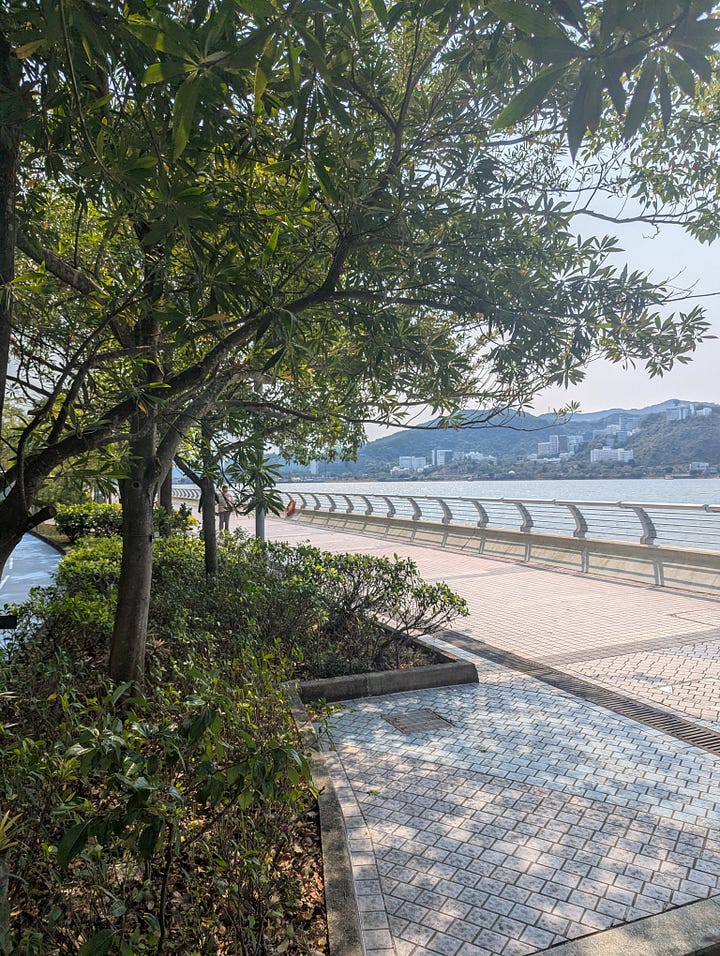
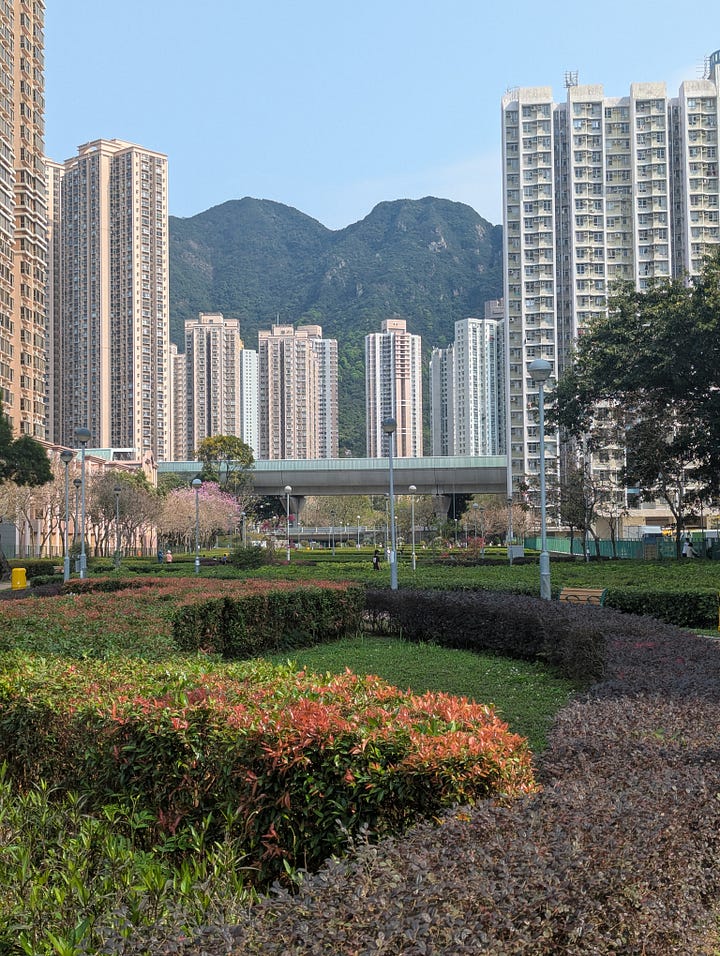
The most recently developed districts of Tung Chung, Kowloon East, Kai Tak and the West Kowloon Cultural District integrate wide tree-lined promenades and vertical greening into their design and some world class parks featuring native plants.
One of my favorite use of plants in the city is below the flyovers and bridges where the multi layers of plants soften the harsh concrete and are left to grow wild, proving a sanctuary for wildlife.
Here is a list of 40 of the most popular Street Trees in Hong Kong
Welcome to our Online Store where you can find Forest Garden/ Permaculture plants, seeds, bulbs, and Polyculture multi-packs along with digital goods and services such as Online Courses, Webinars and eBooks. We hope you enjoy the store and find something you like. It's your purchases that keep our Project going.
You can also find our full list of trees. shrubs and herbs for forest gardens on our nursery website.
Plants of Interest
Here are a few plants that caught my attention during my stay:
Hibiscus tiliaceus - Sea Hibiscus
Dominating the shoreline around To Tau Wan village in Ma On Shan, this tropical flowering plant is native to coastal regions of the Indian and Pacific Oceans. It grows as a small tree or shrub (4–10 meters tall) with fibrous bark used for ropes and traditional materials. Thriving in coastal environments, it tolerates salt spray and sandy soils.
Valued for its versatility, its bark and leaves are used in traditional medicine, its fibers for crafting, and its ornamental beauty for landscaping. It also stabilizes soil, prevents erosion, and provides wildlife habitat—symbolizing resilience and adaptability. There are large stands of these trees growing wild on the shoreline beneath the new housing developments in the Ma On Shan neighborhood.
Terminalia mantaly - Umbrella tree is an iconic street tree in subtropical/tropical Asia. I first came across this plant in Indonesia where it is used liberally for amenity planting in Jakarta and i’ve since noticed it growing in many cities within the tropical bands. It's primarily grown as an ornamental shade tree and is not considered edible unlike some related species like Terminalia catappa which produces edible nuts.
Ficus ingens - Red-leaved fig growing on the coastal rocks at Stanley- Hong Kong. it's a native to Africa and the Arabian Peninsula. It is notable for its striking reddish or bronze young leaves, which mature to a glossy green. The plant produces figs that are ecologically important, providing food for birds, bats, and other wildlife, while the tree relies on fig wasps for pollination.
Cinnamomum burmanni - Indonesian cinnamon features regularly around the city. This cinnamon species is native to Southeast Asia, particularly Indonesia. It is widely traded globally for its strong, sweet, and slightly spicy flavor, making it a staple in baking, desserts, beverages, and savory dishes. Cinnamomum burmanni has a more intense aroma than C.verum and is more affordable, though it contains higher levels of coumarin, which should be consumed in moderation.
This cinnamon is harvested from trees that grow up to 15 meters tall, with thick, reddish-brown bark that is dried and rolled into quills or ground into powder. Indonesia is the largest producer, with Sumatra being a key region. Beyond its culinary uses, Cinnamomum burmanni is valued in traditional medicine for its anti-inflammatory, antioxidant, and blood sugar-regulating properties, thanks to compounds like cinnamaldehyde.
Regenerative Landscape Design - Online Interactive Course
Want to learn how to design, build and manage regenerative landscapes? Join us on our Regenerative Landscape Design - Online Interactive Course. We look forward to providing you with the confidence, inspiration, and opportunity to design, build and manage regenerative landscapes, gardens, and farms that produce food and other resources for humans while enhancing biodiversity.
You can access the course material at anytime and join the live sessions and interactive forums that run from May - Oct every year. All members of the Bloom Room receive a 500 EUR discount. To take up this offer all you have to do is become an annual subscribers to our Substack and register here with the promo code BLOOM.
I look forward to you joining !
Ficus microcarpa - Banyan Tree is one of the most popular street trees in Hong Kong and the city hosts some of the finest specimens I have come across. The multi levels of the city built into the mountainous terrain provides a unique habitat for these trees to the really show off their beauty with many of the trees growing wonderfully contorted espalier-like root systems against high walls accompanied by cascading aerial roots that both soften and compliment the impressive city architecture.
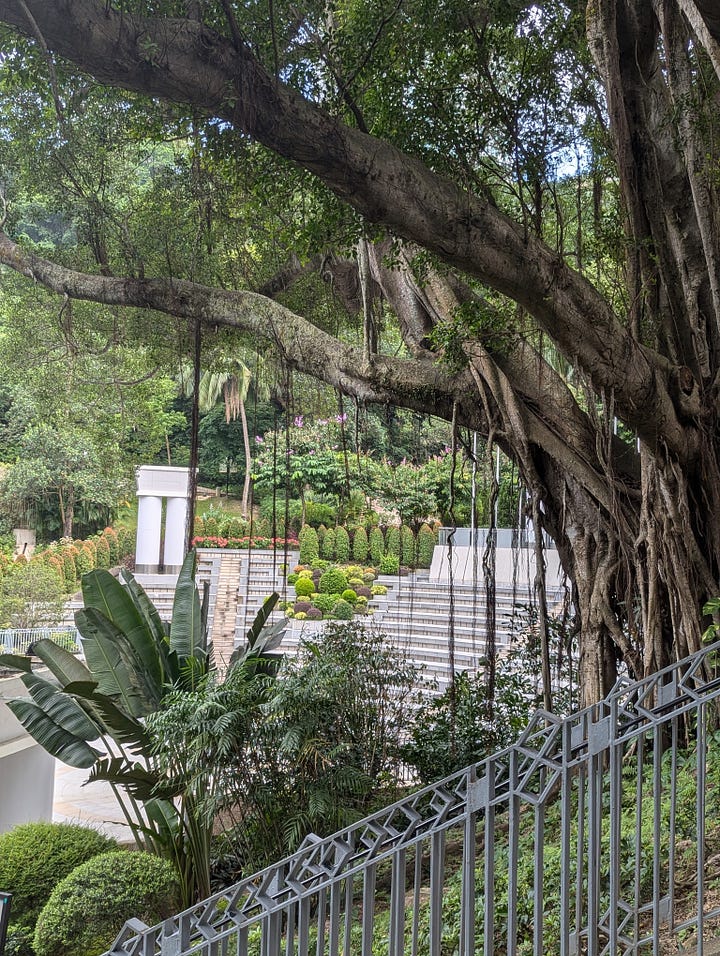
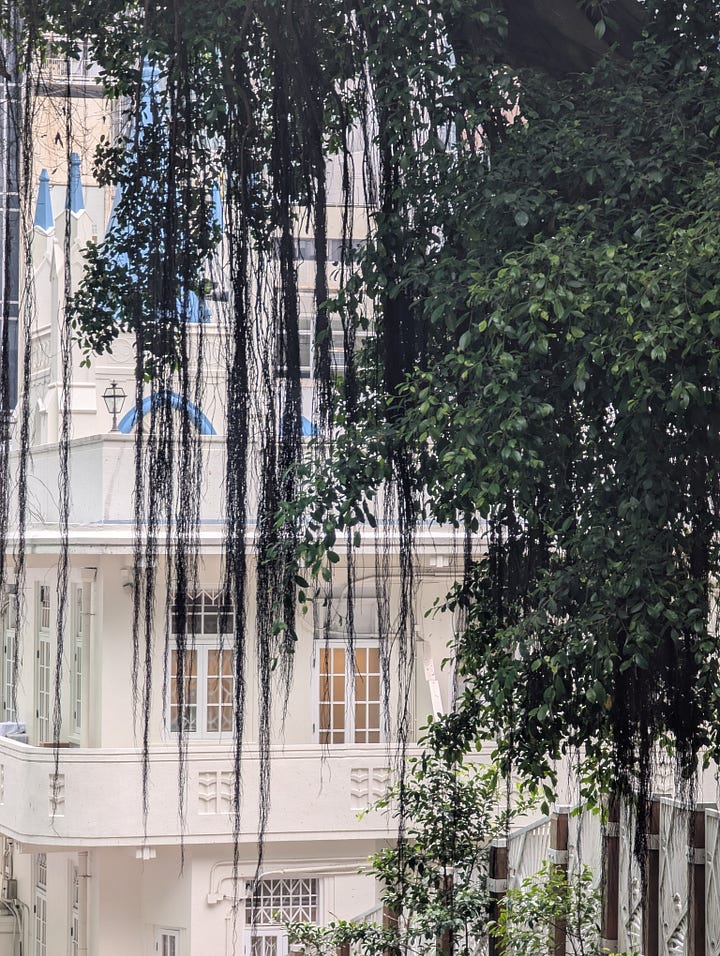
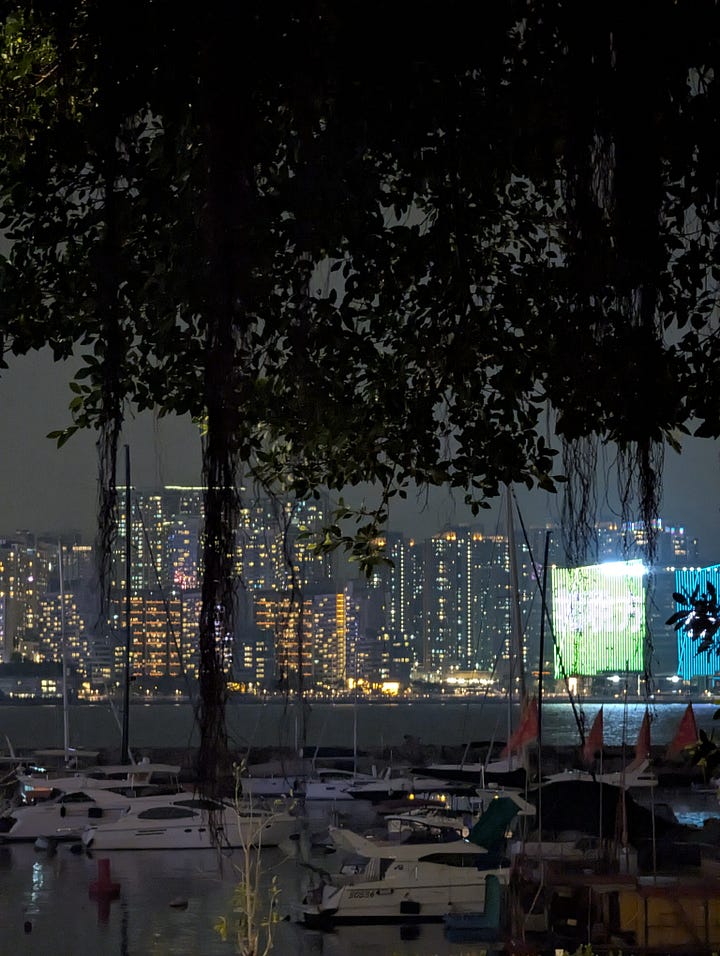
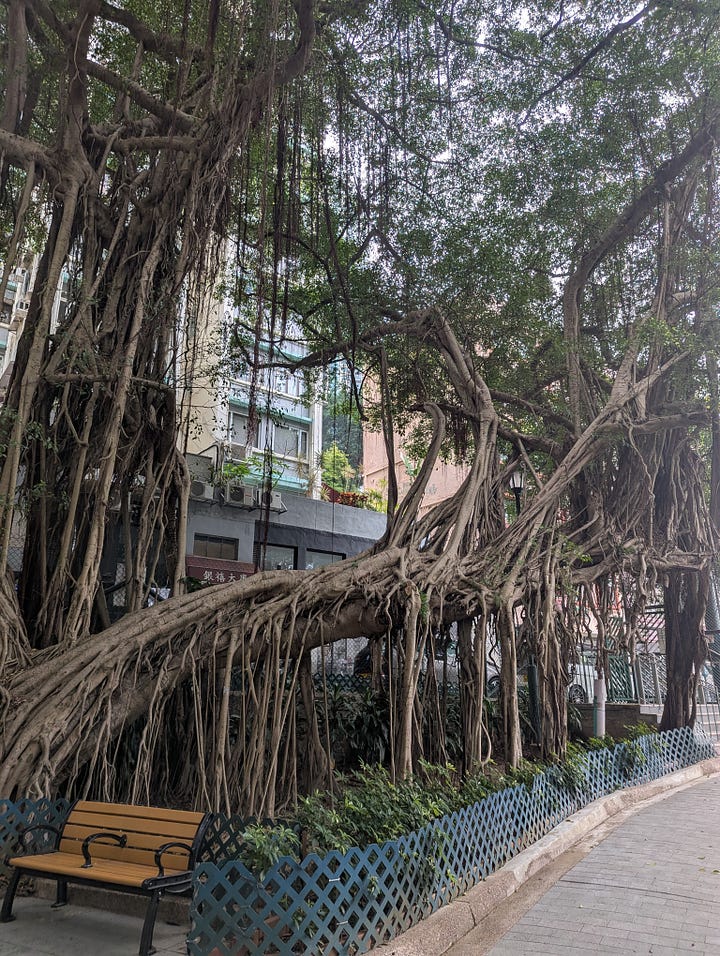
Kowloon
Nan Lian Garden
When a garden can impress you in rain and cloudy conditions it's a true work of art. Nan Lian Garden 南蓮園池 is such a garden . A stunning classical Chinese garden nestled in the heart of Hong Kong. Designed in the Tang Dynasty style, this tranquil oasis offers a serene escape within the bustle of Kowloon.
Spanning 3.5 hectares, the garden features meticulously landscaped greenery, koi-filled ponds, wooden pavilions, and a striking golden pagoda. Every element, from the winding stone pathways to the carefully placed rocks and waterfalls, reflects traditional Chinese garden aesthetics, creating a harmonious balance between nature and architecture.
One of the garden’s highlights is the **Chi Lin Nunnery (志蓮淨苑)**, a neighboring Buddhist temple complex built entirely of wood without nails, using ancient Tang Dynasty techniques and there is an excellent collection of Bonsai trees in the garden, definitely some of the finest bonsai I have ever come across
That’s all for this post, thanks for reading !
Support Our Project
If you appreciate the work we are doing you can show your support in several ways.
Become a member of the Bloom Room. A $70 annual subscription to our Substack provides you with access to live sessions, design tutorials, a members forum and more, see details here.
Make a purchase of plants or seeds from our Nursery or Online Store
Joining us for one of our Practical Courses or Online Courses
Comment, like, and share our content on social media.
We offer a diversity of plants and seeds for permaculture, forest gardens, and regenerative landscapes including a range of fruit and nut cultivars. We Deliver all over Europe from Nov - March. - Give a happy plant a happy home :)

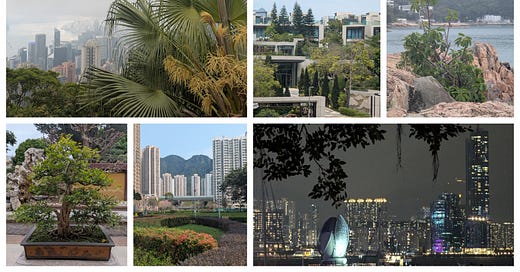




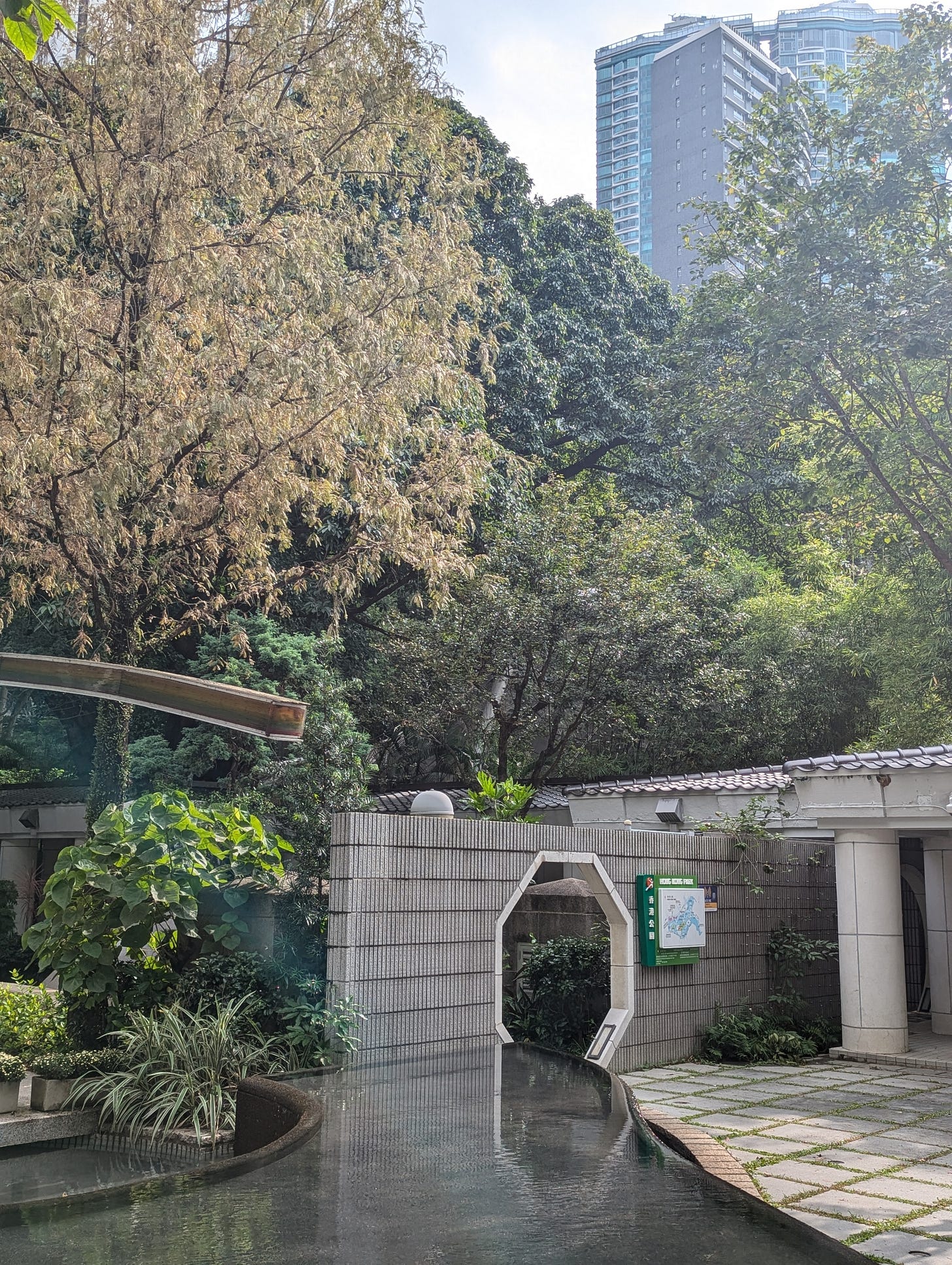
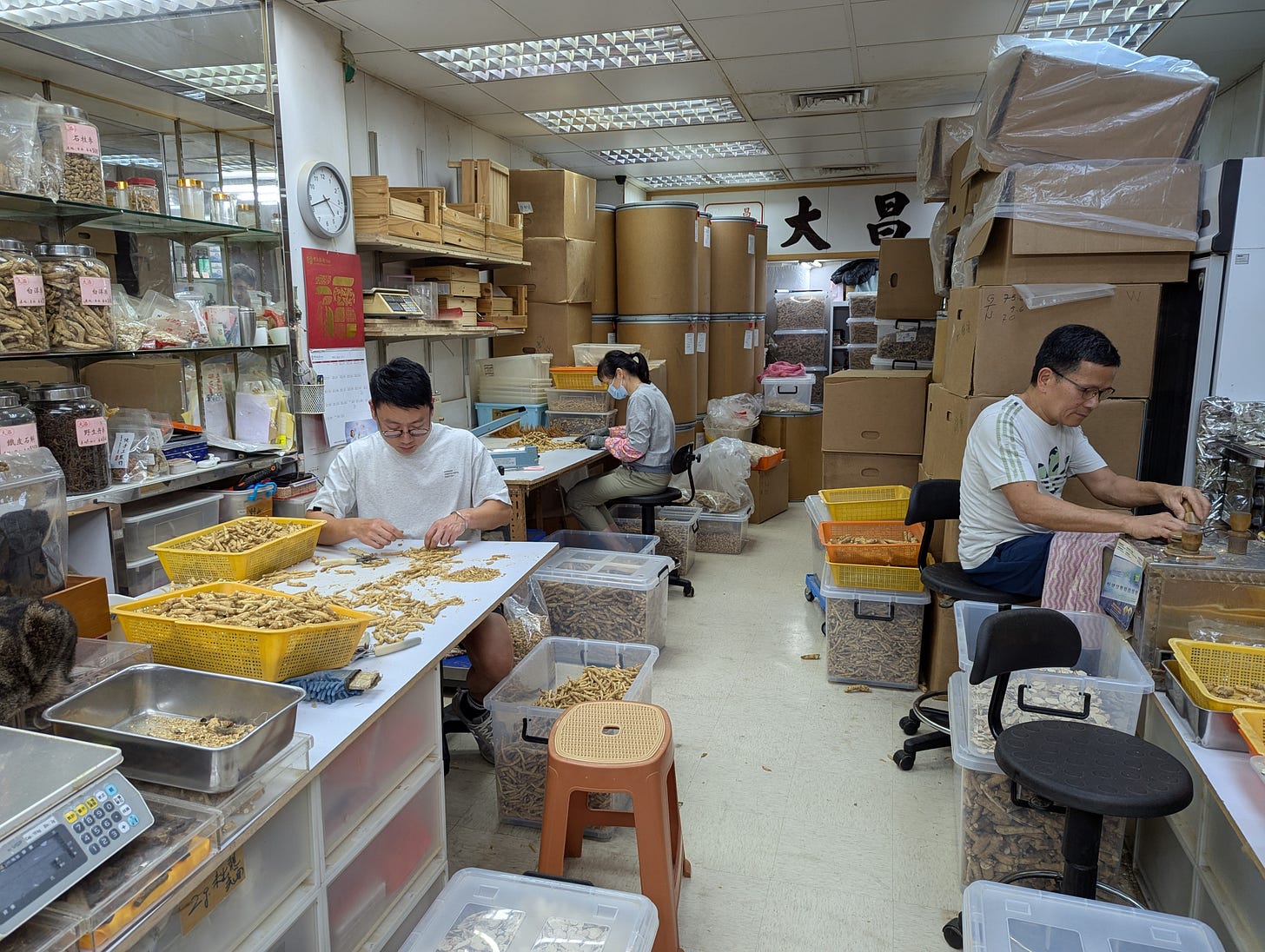
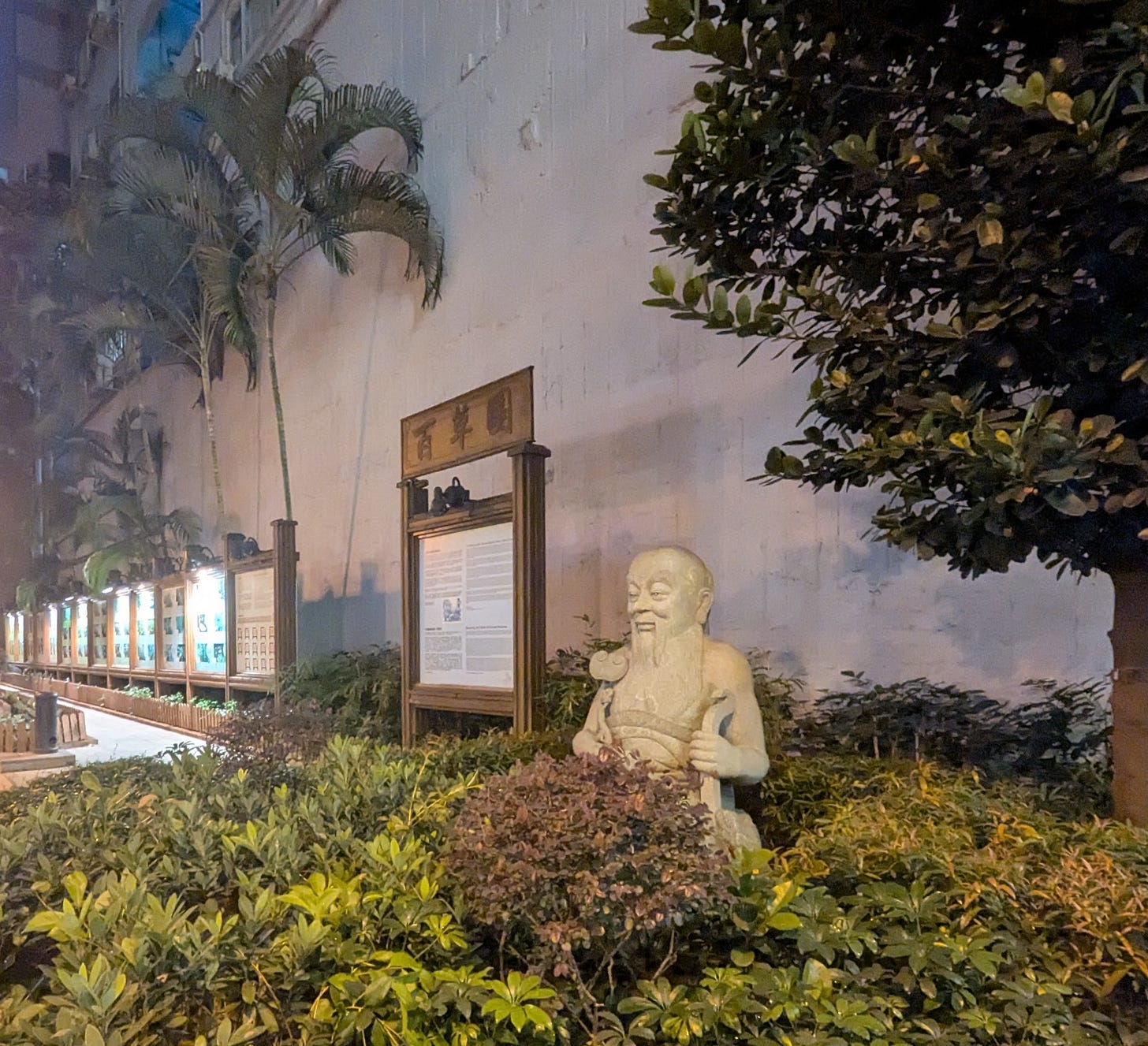
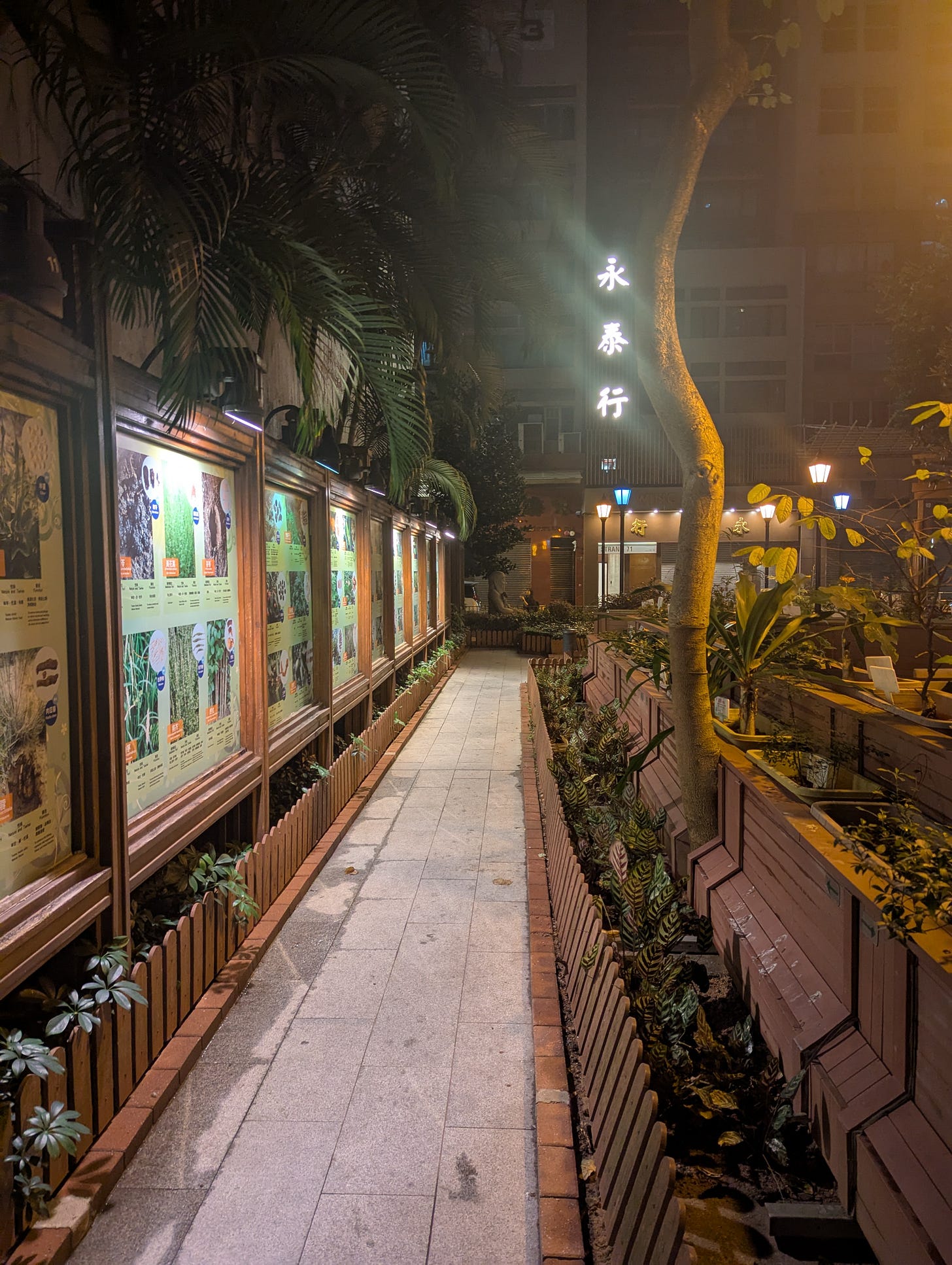
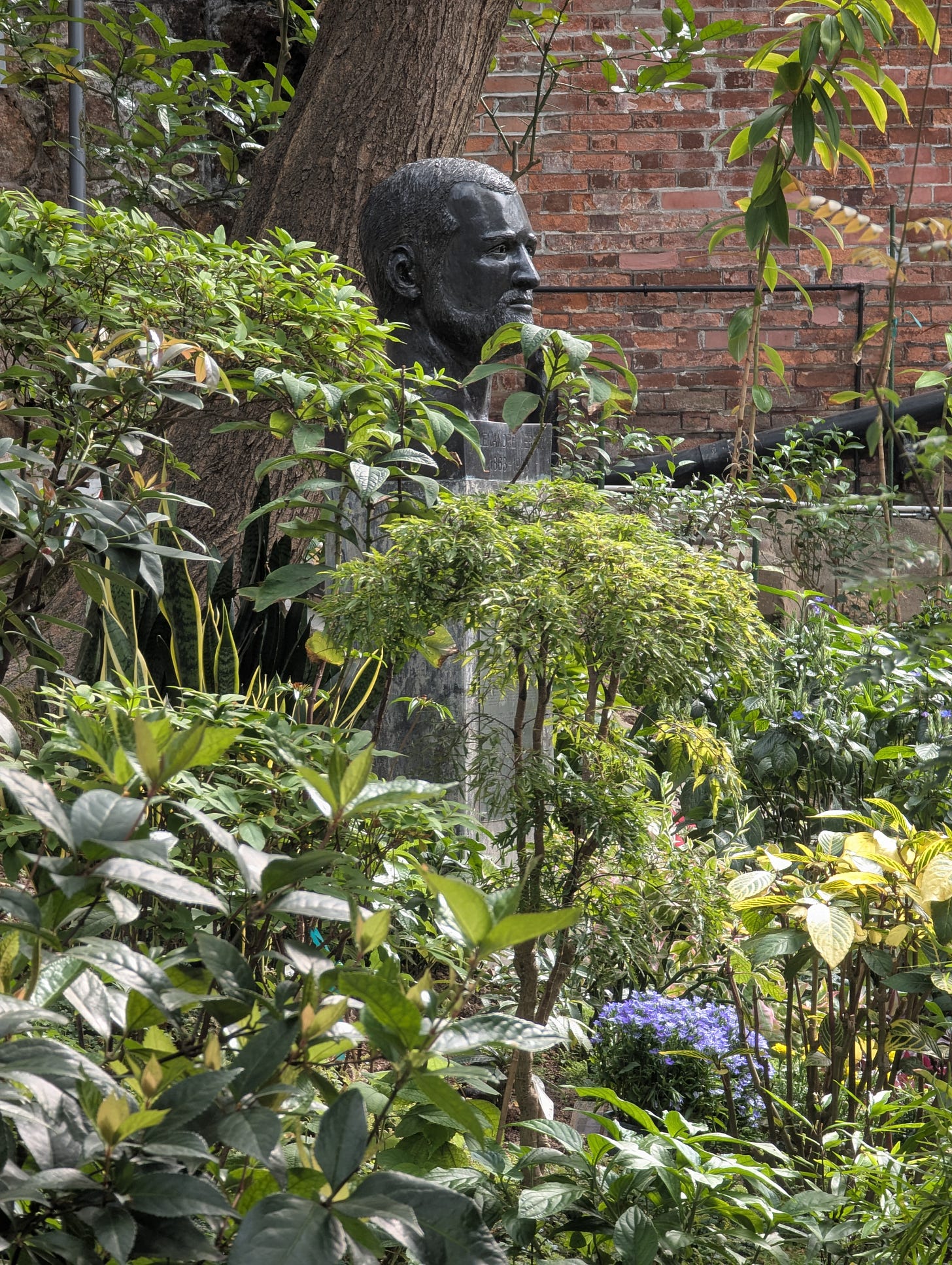
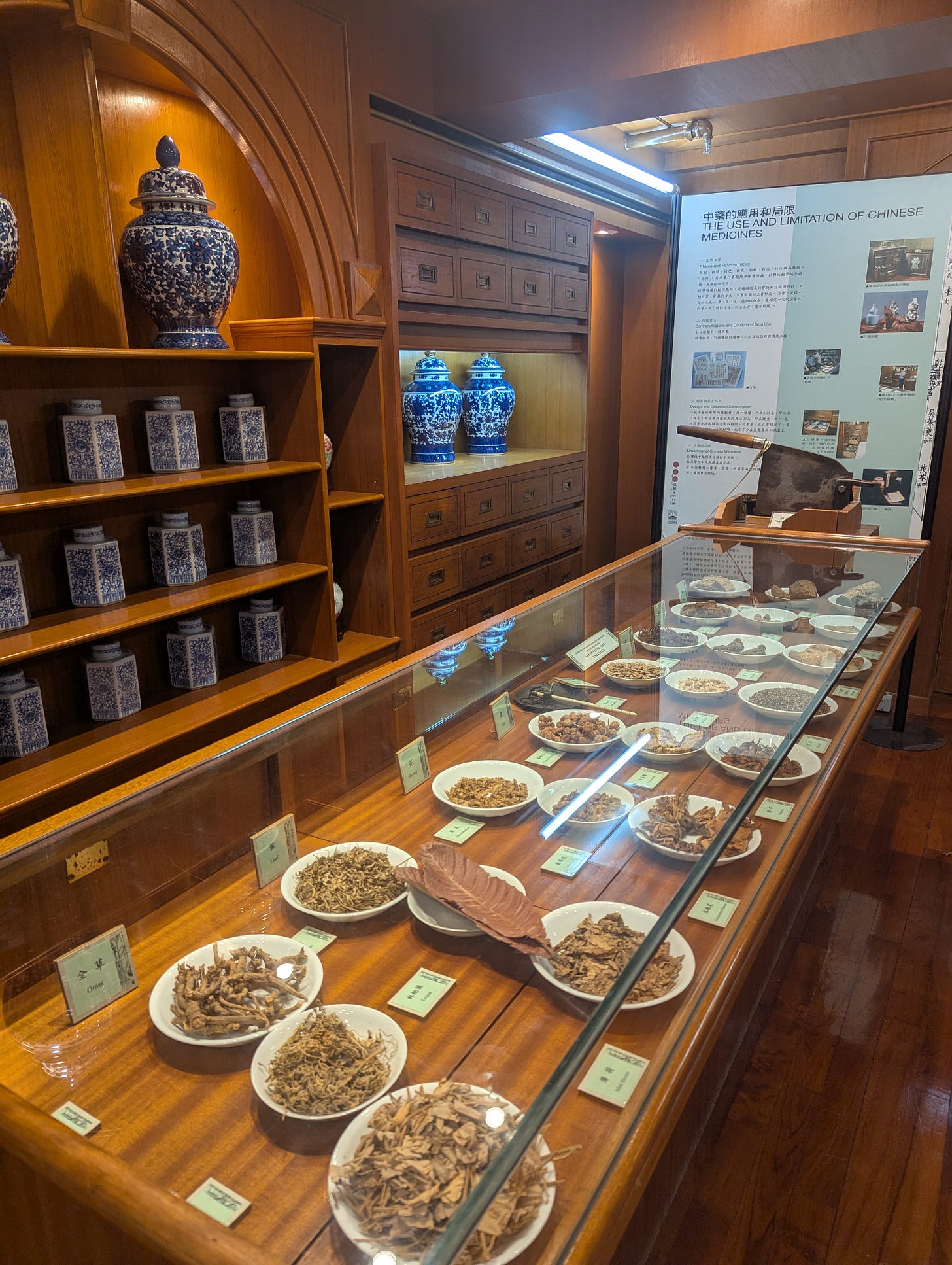
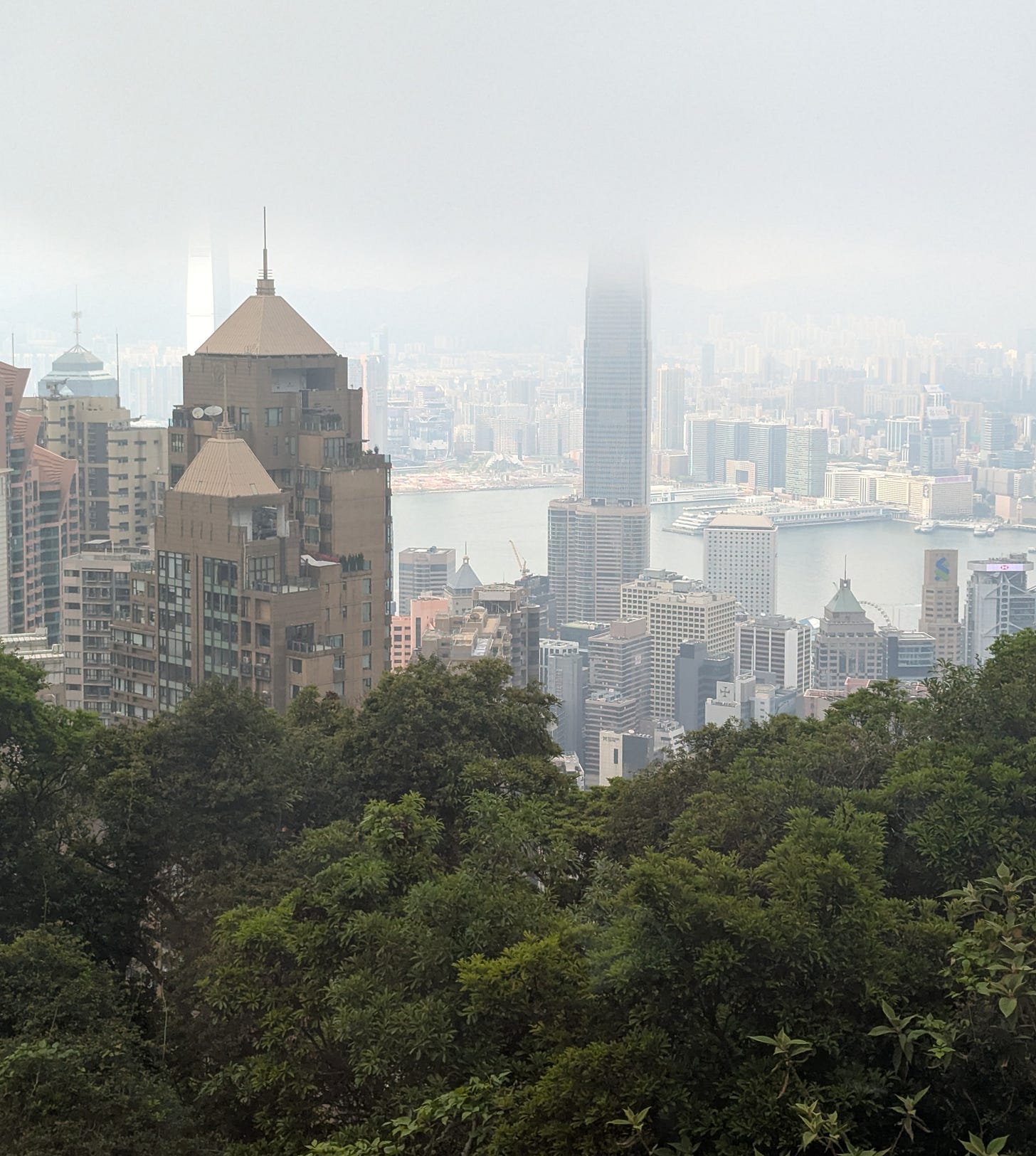
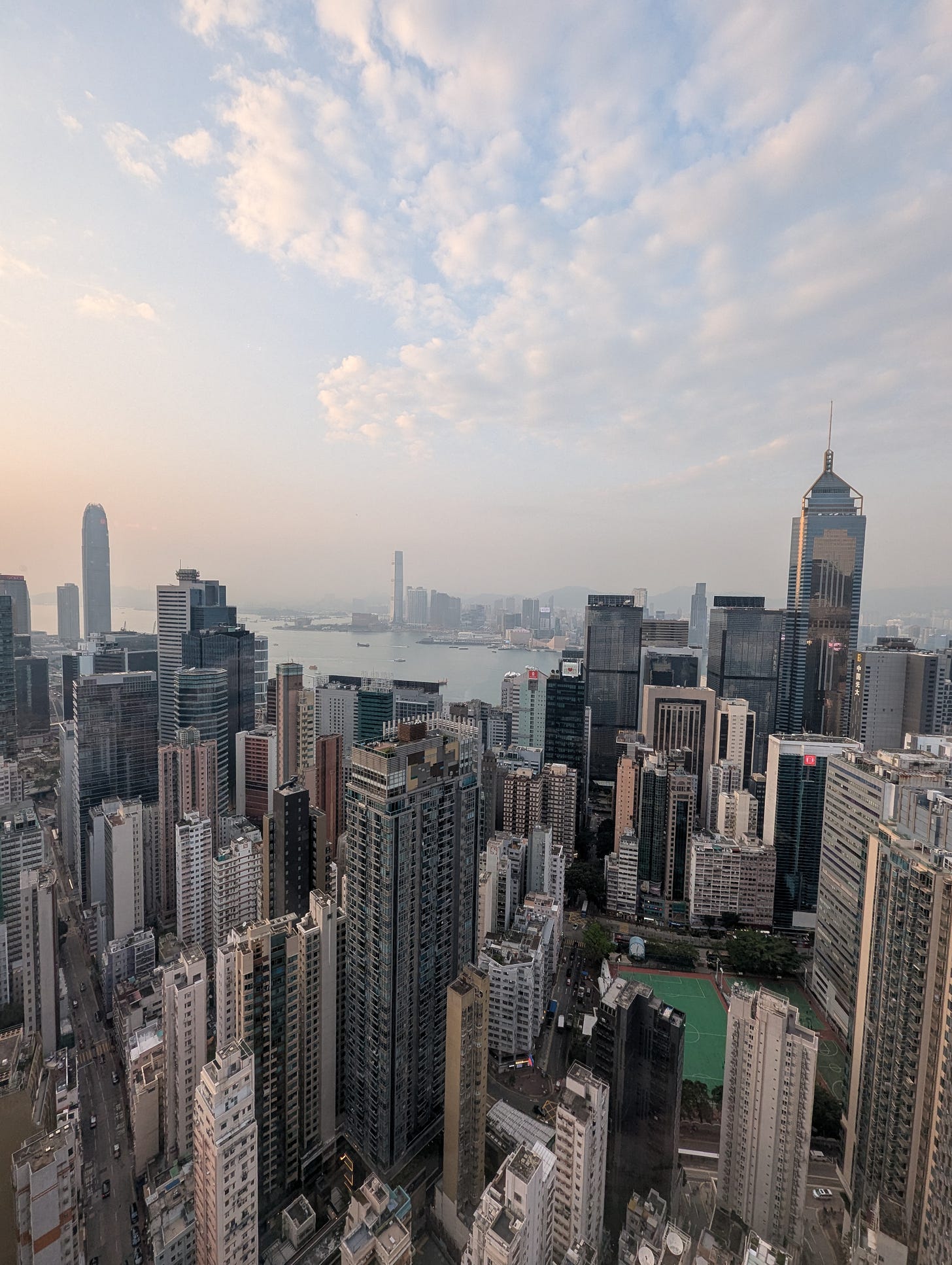
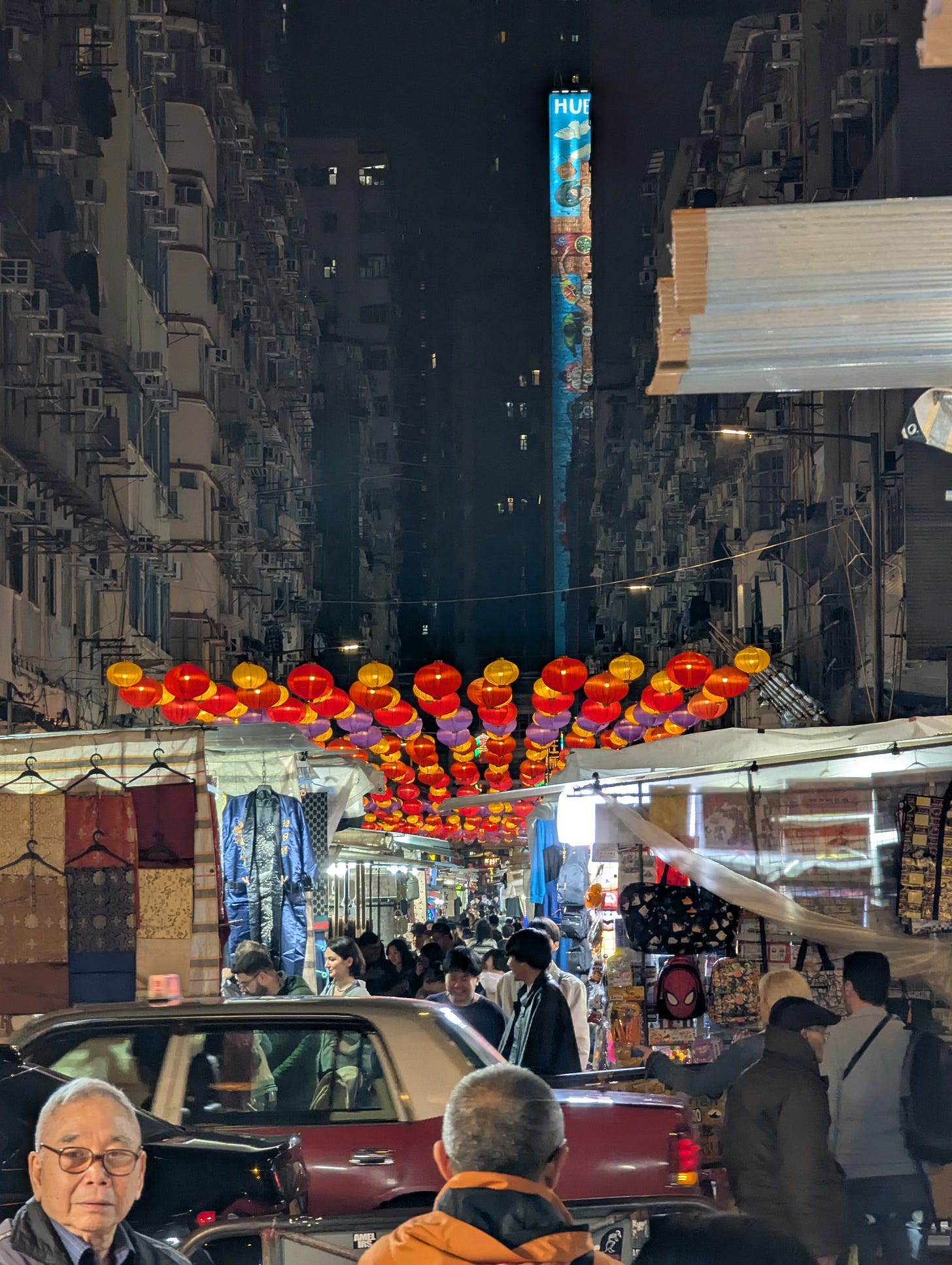
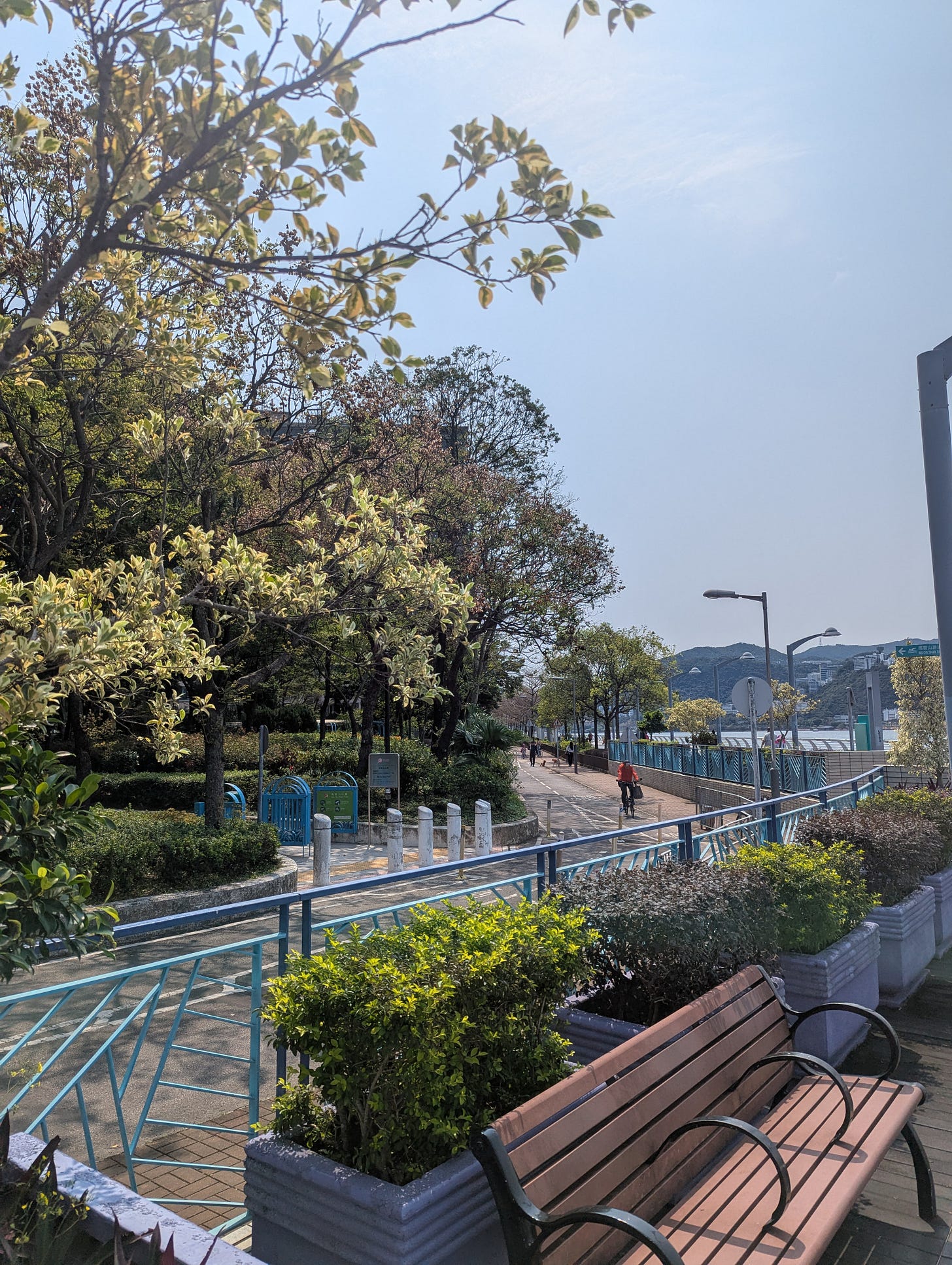
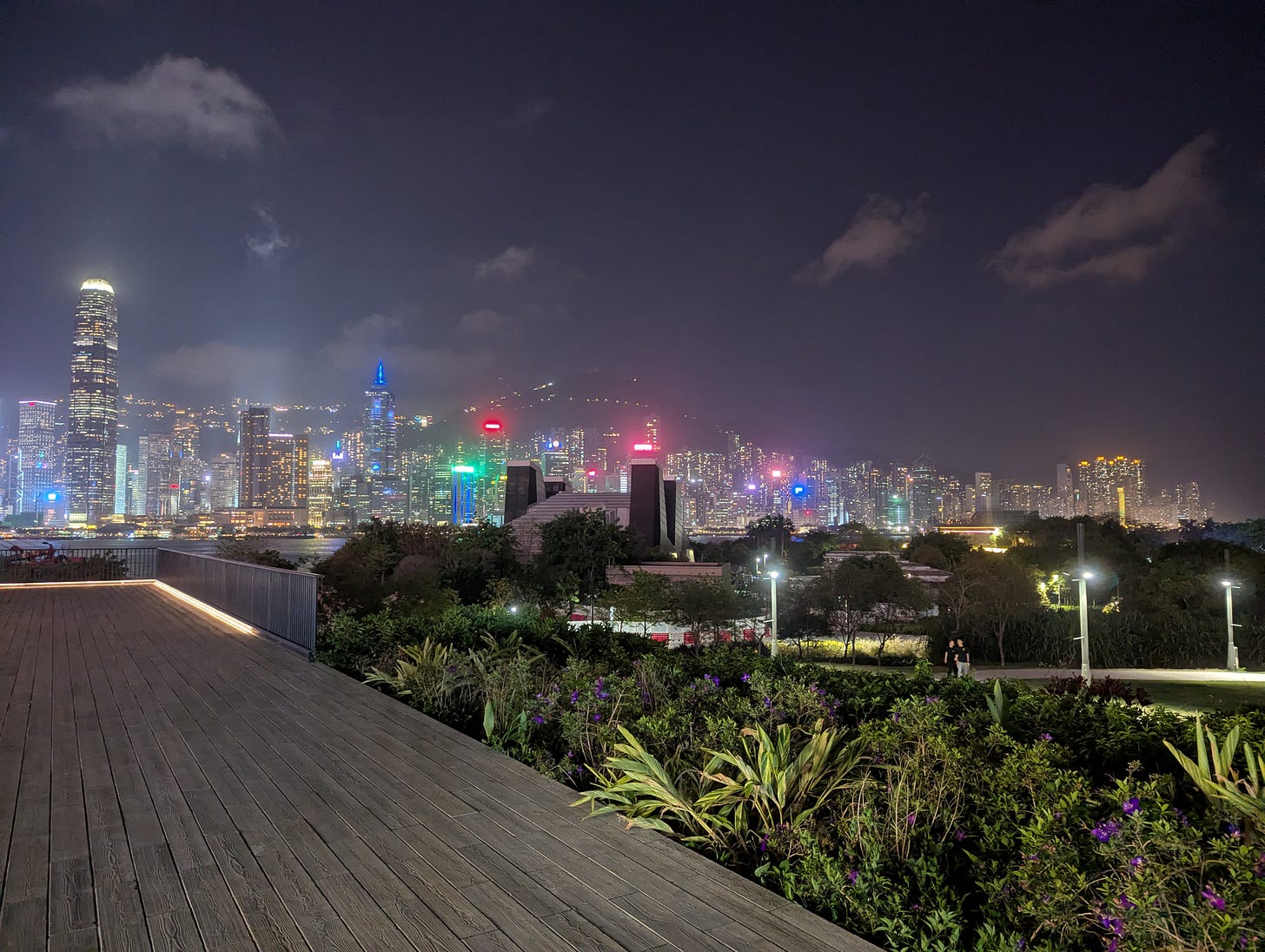
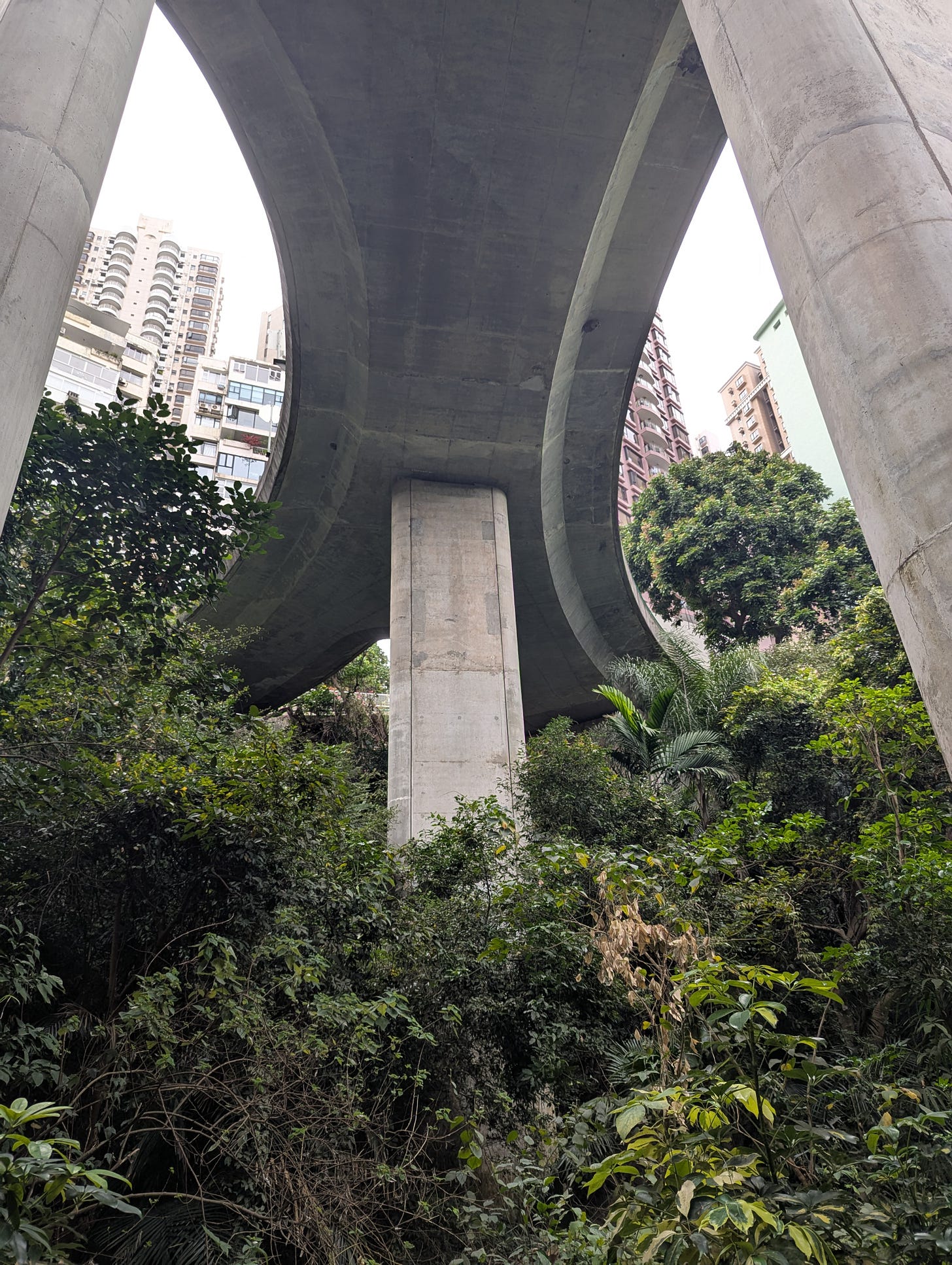
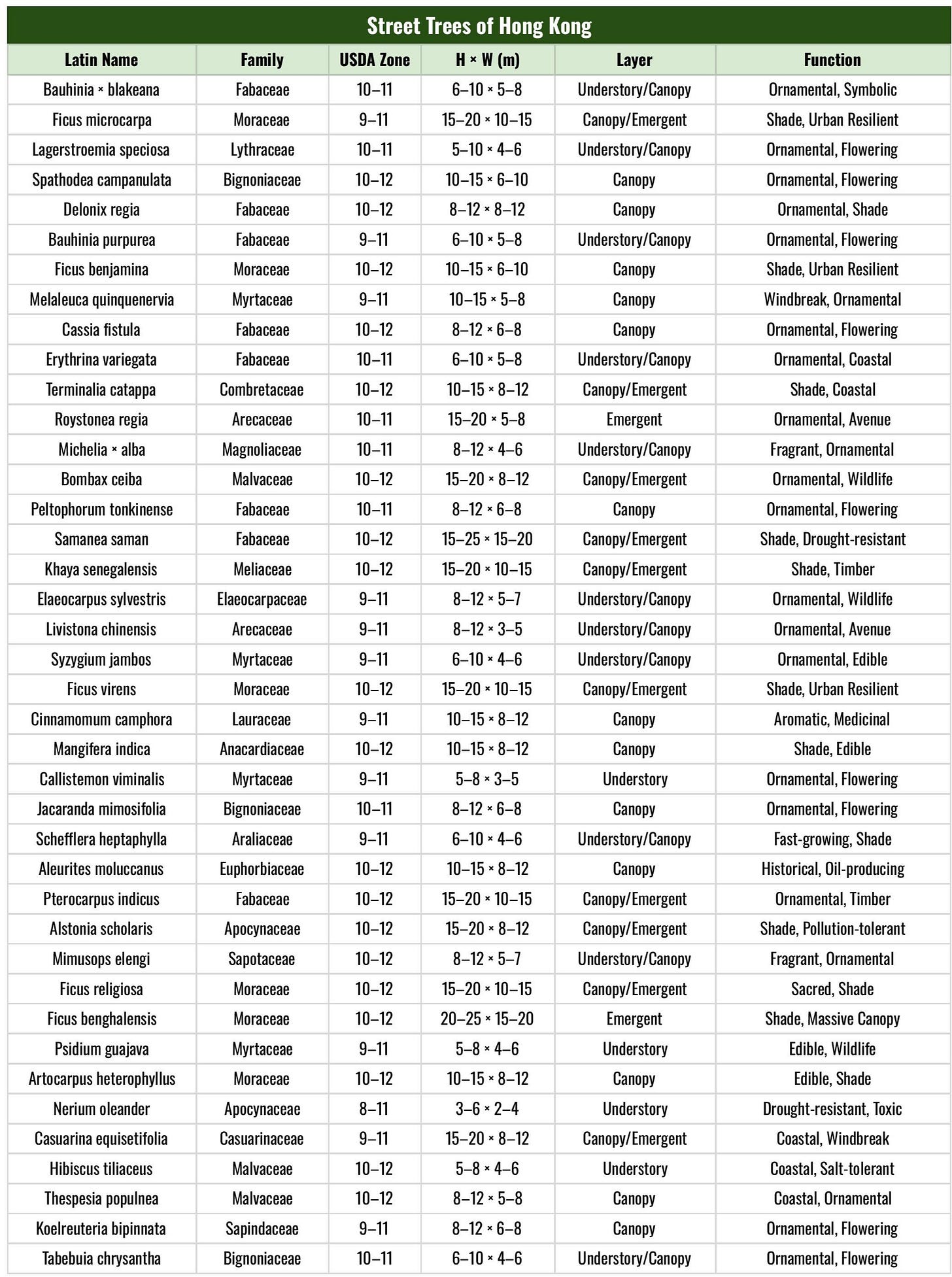
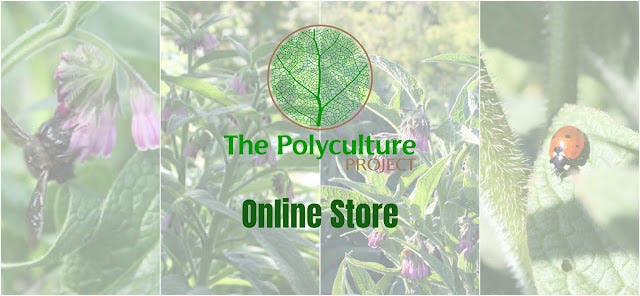
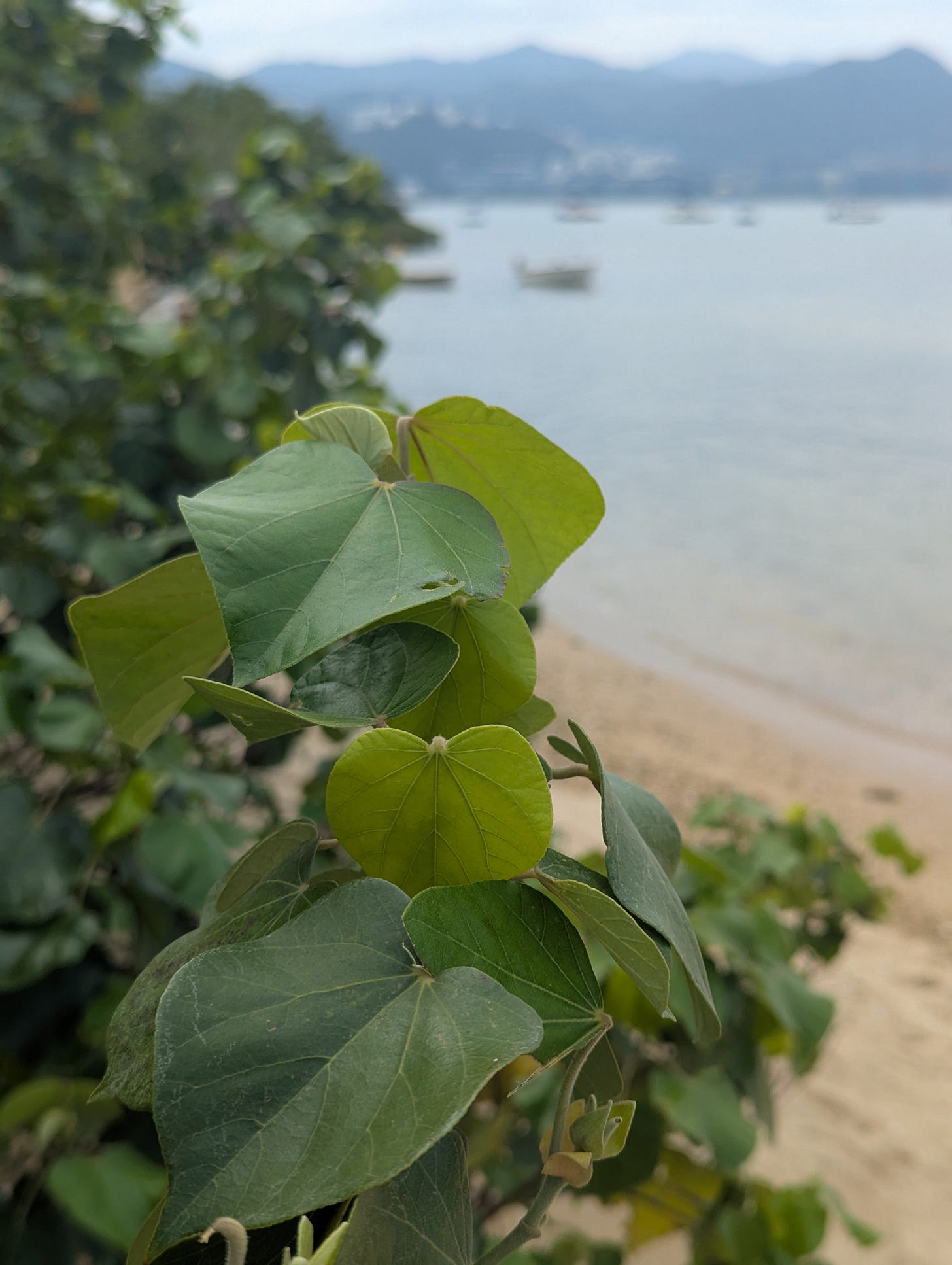
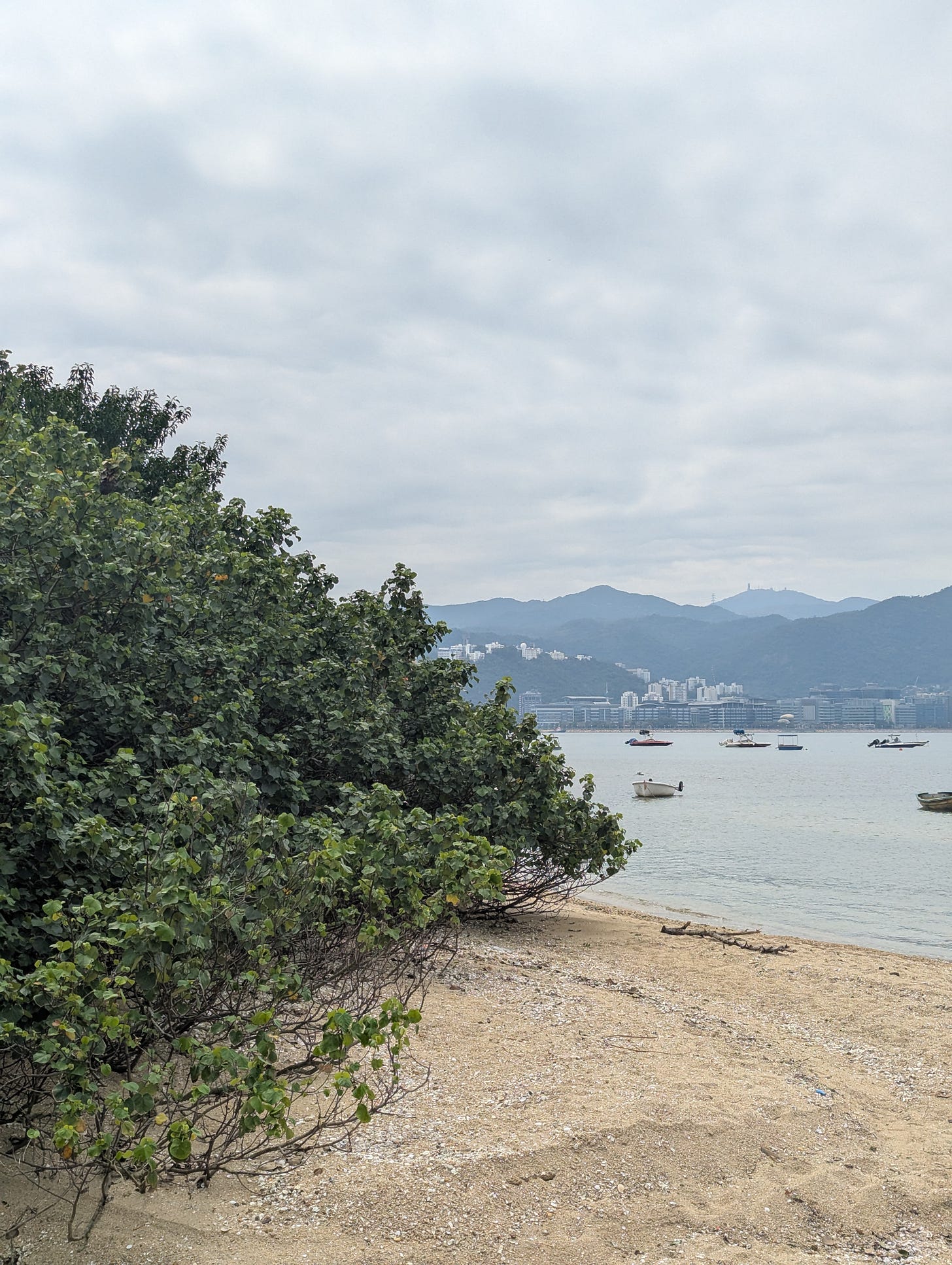
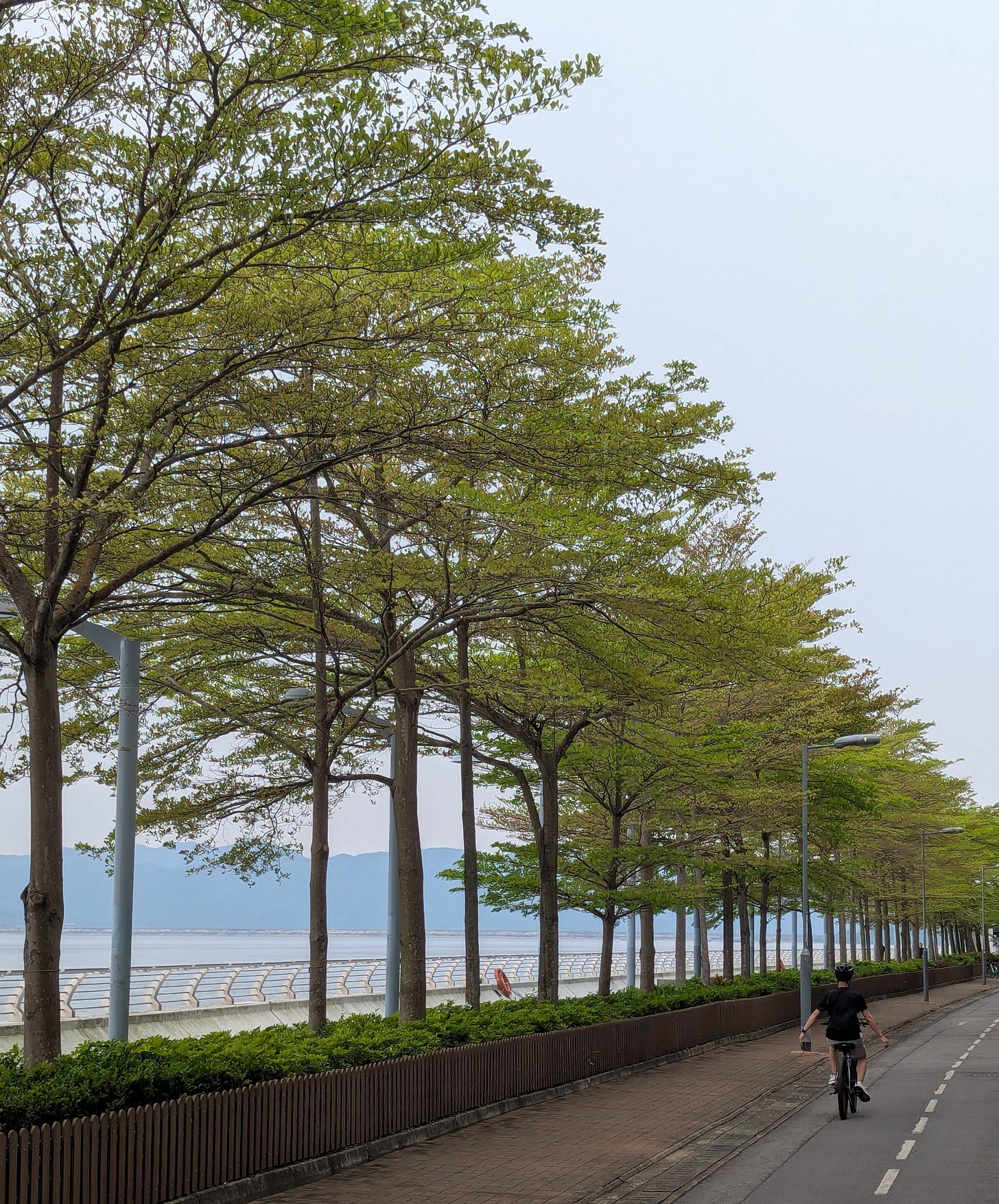
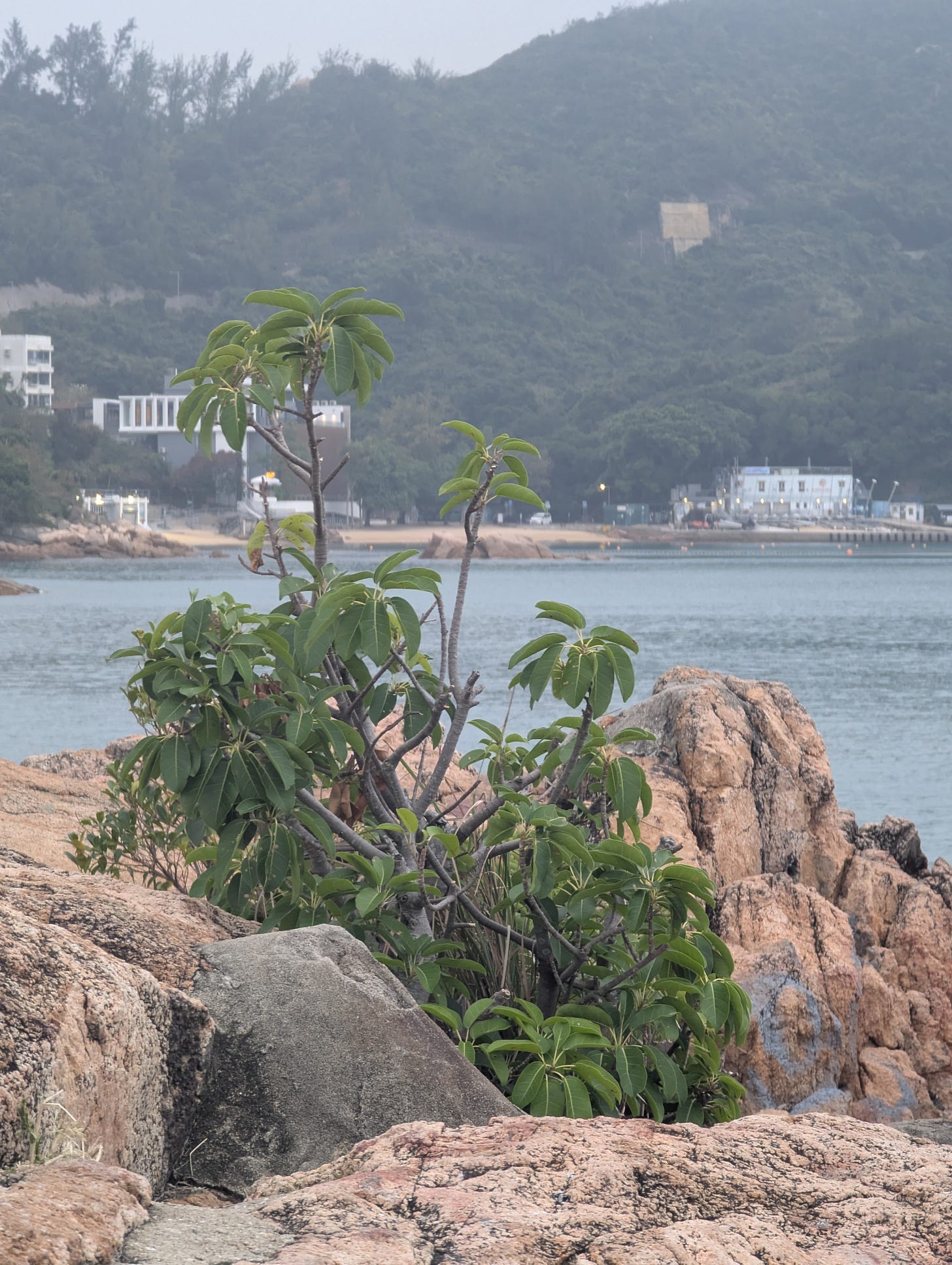
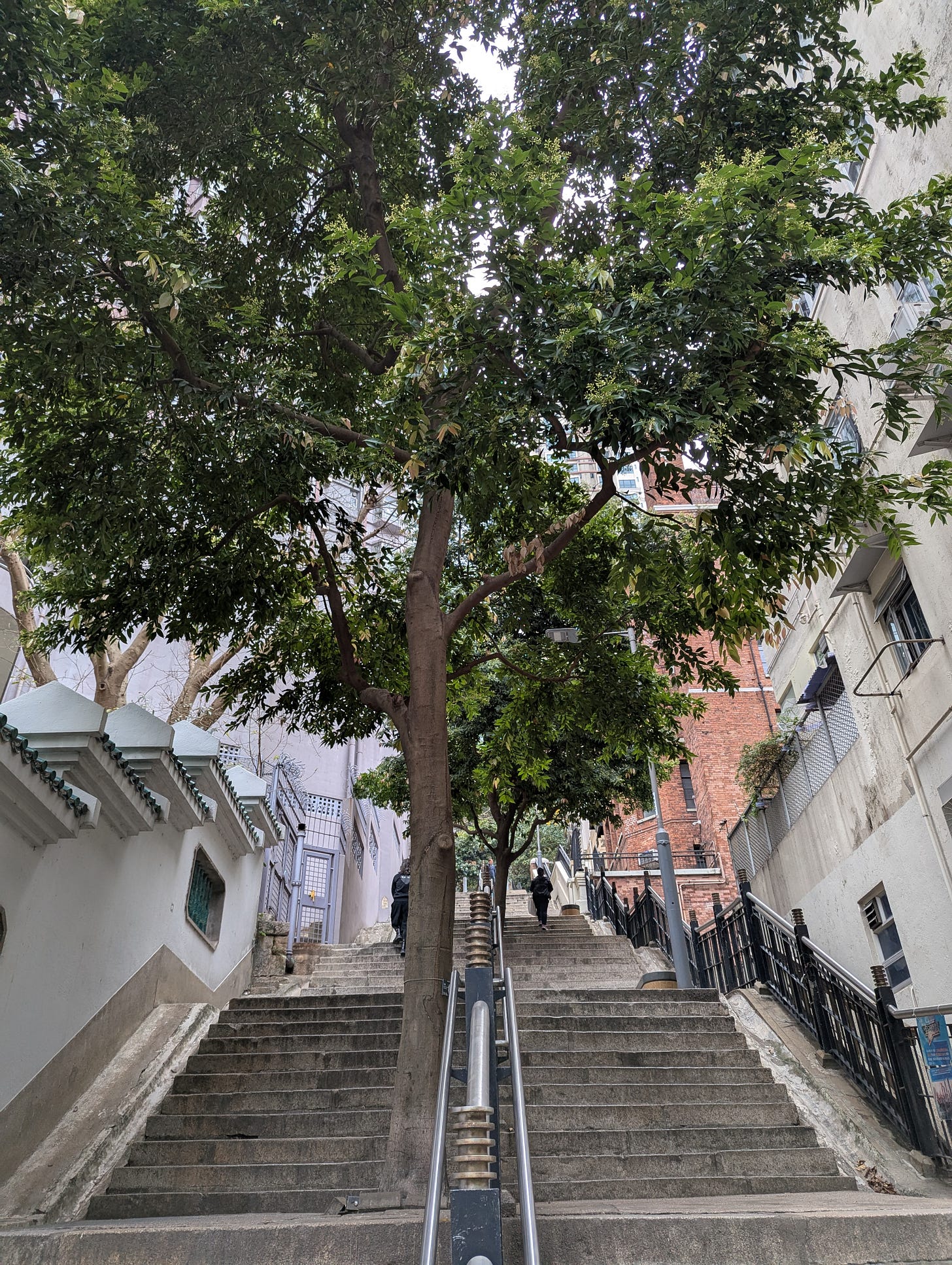
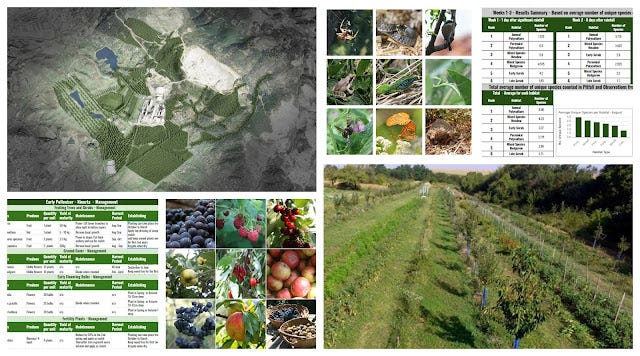
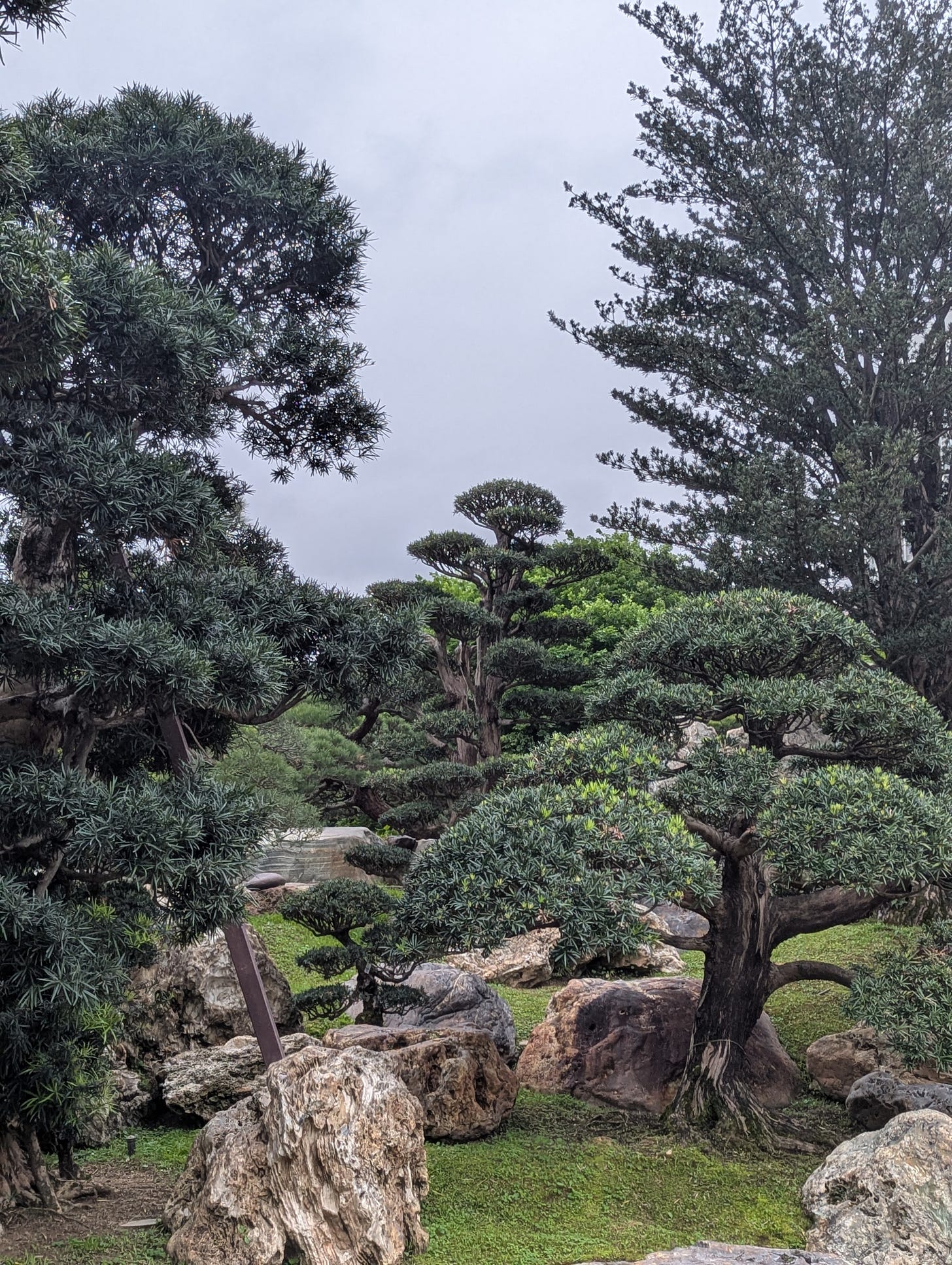
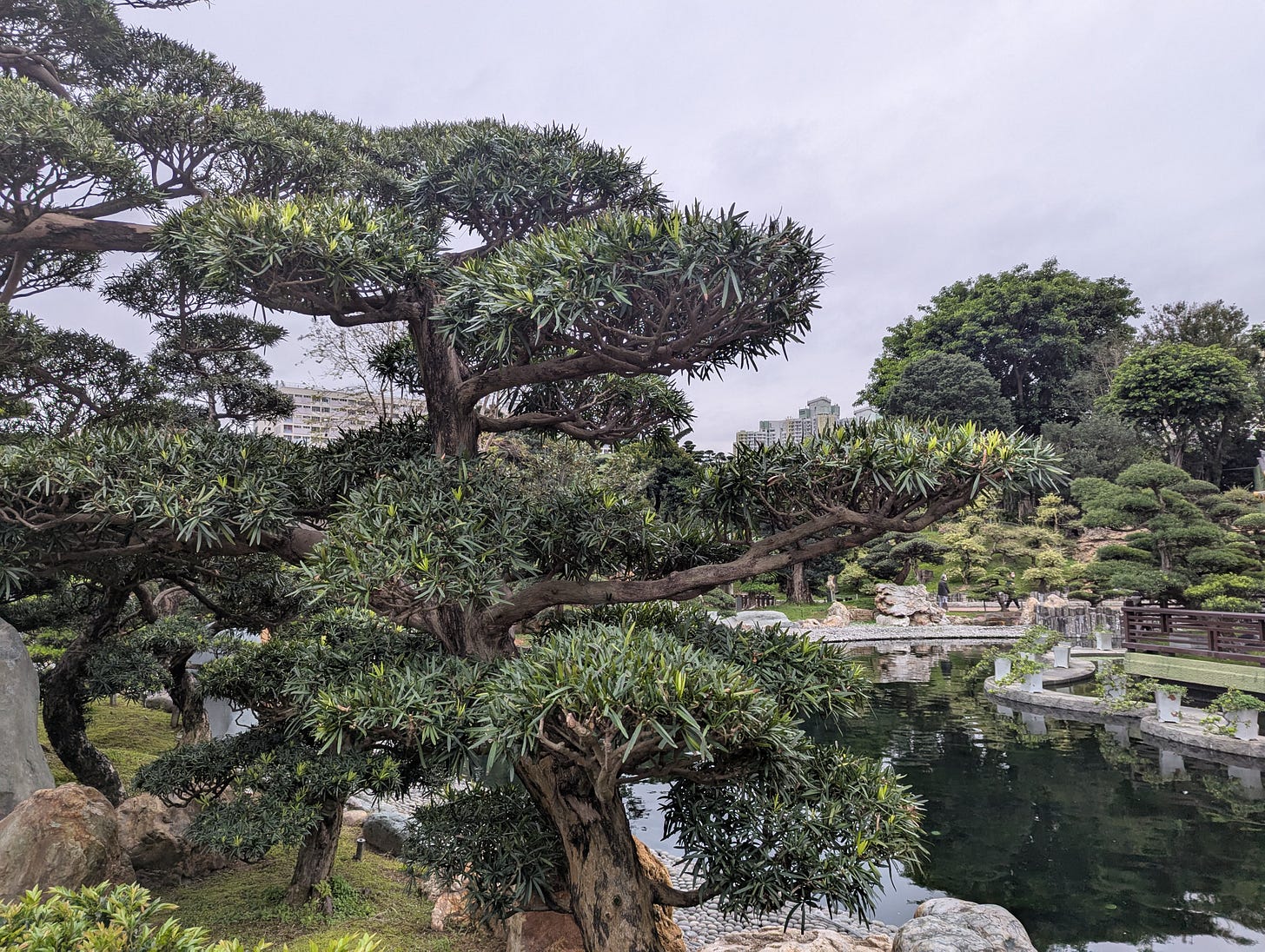
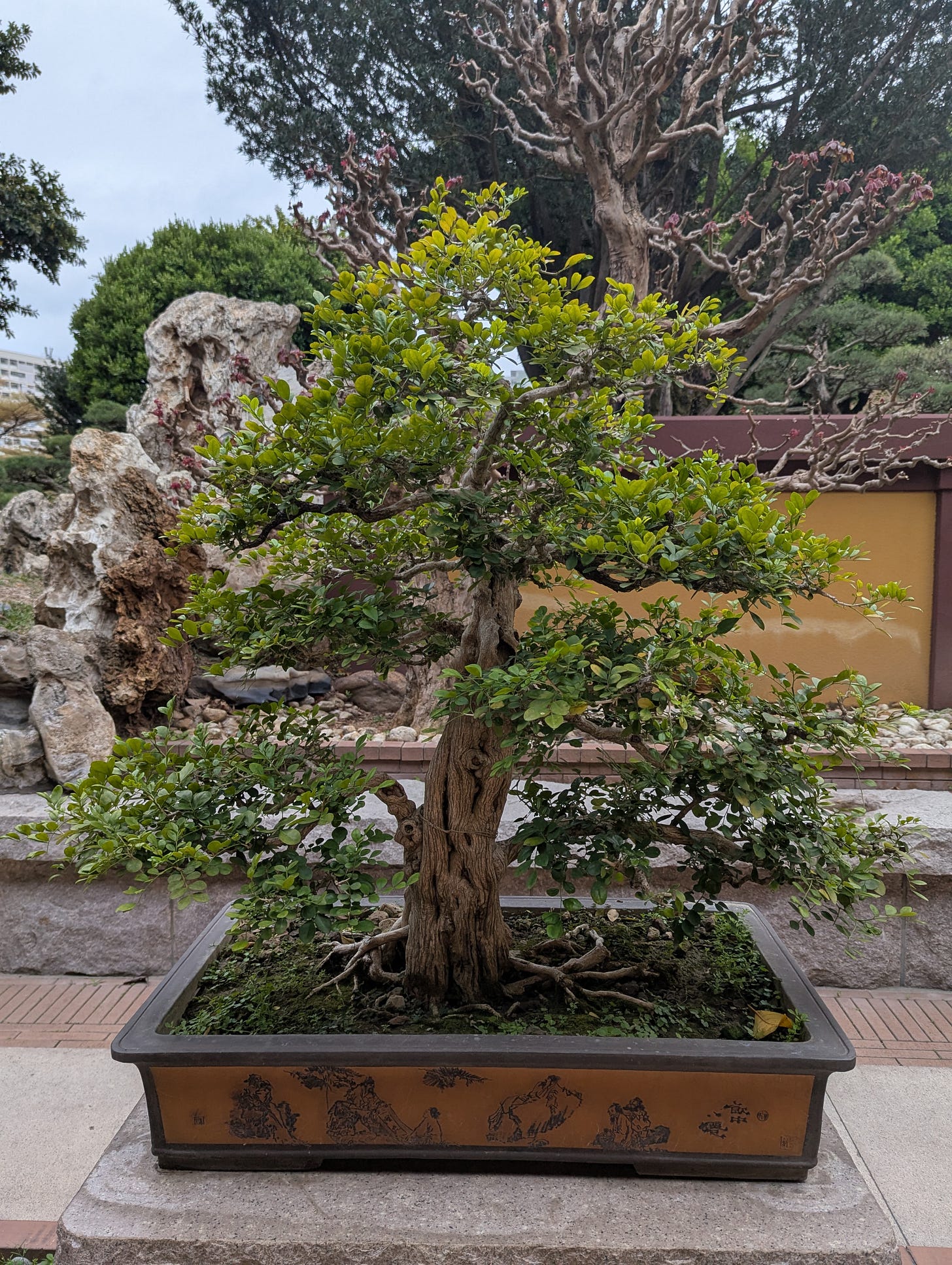

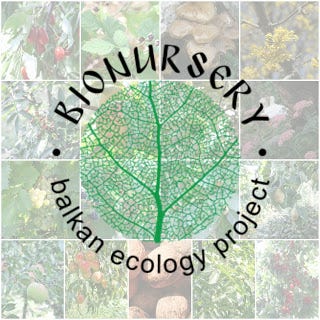
I was in Hong-Kong many years ago - just before it was handed back to the Chinese - I had no idea such parks existed. The outdoor TCM garden with medicinal plant info is fabulous. Every town should have one!
Thank you for sharing. Very inspirational :)